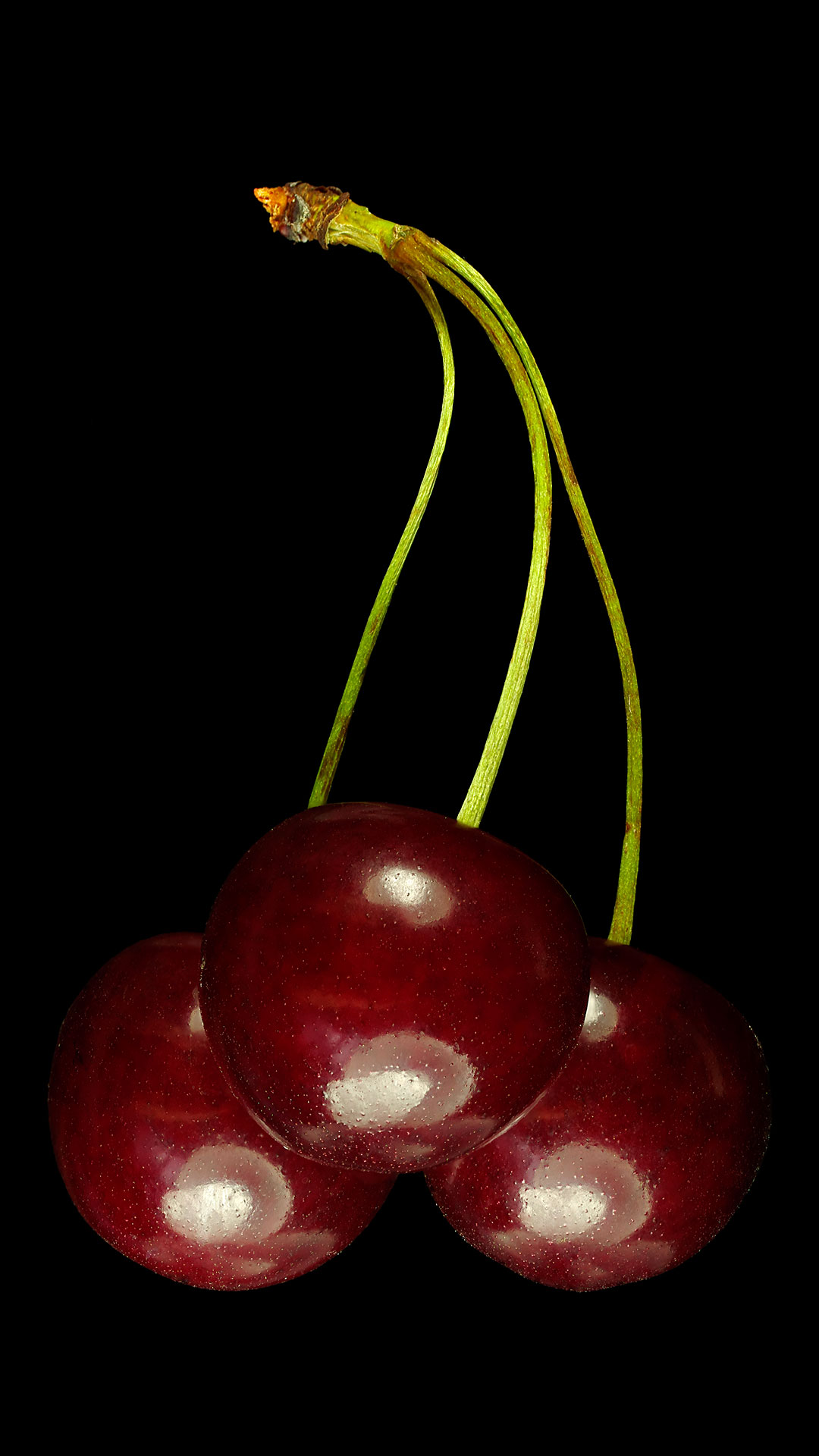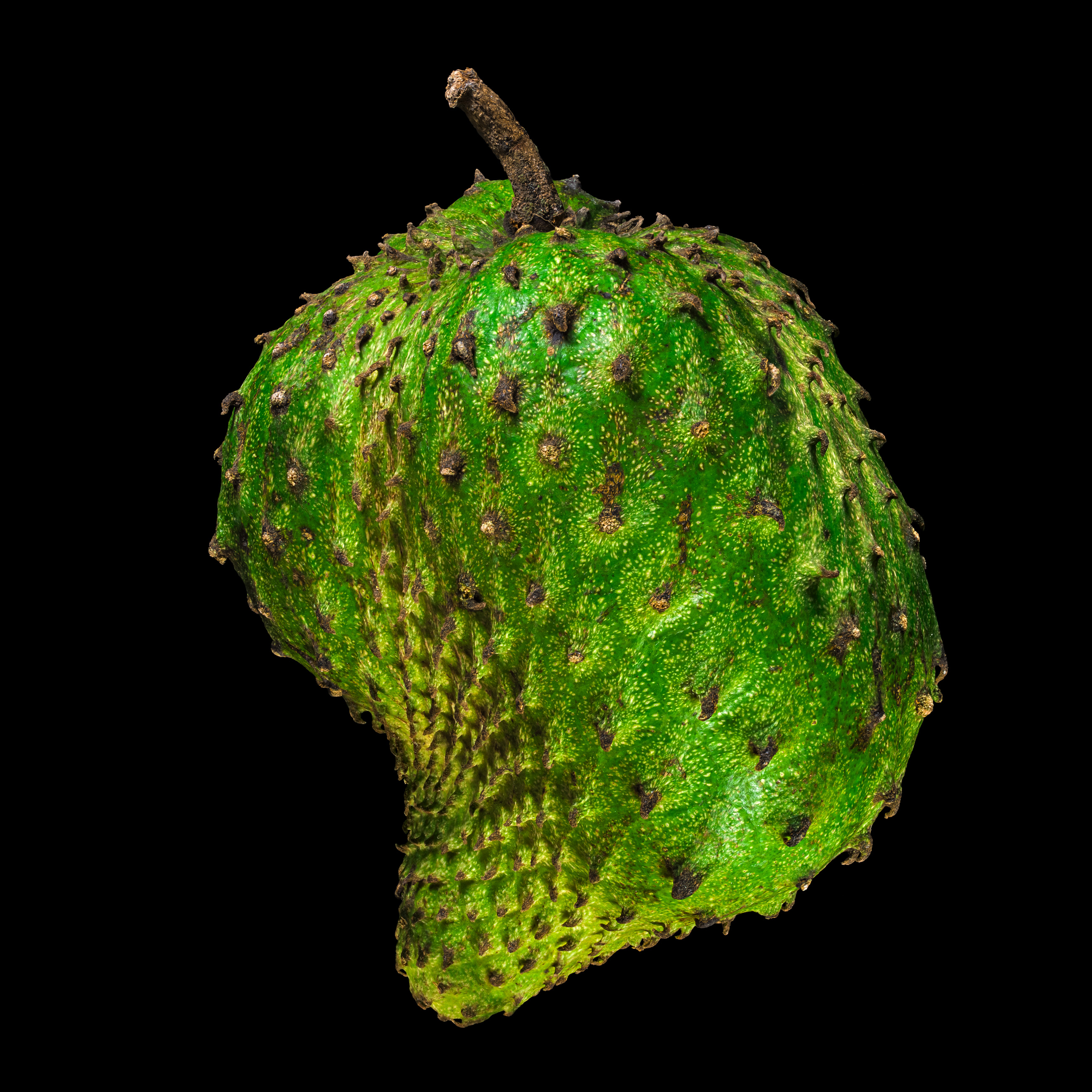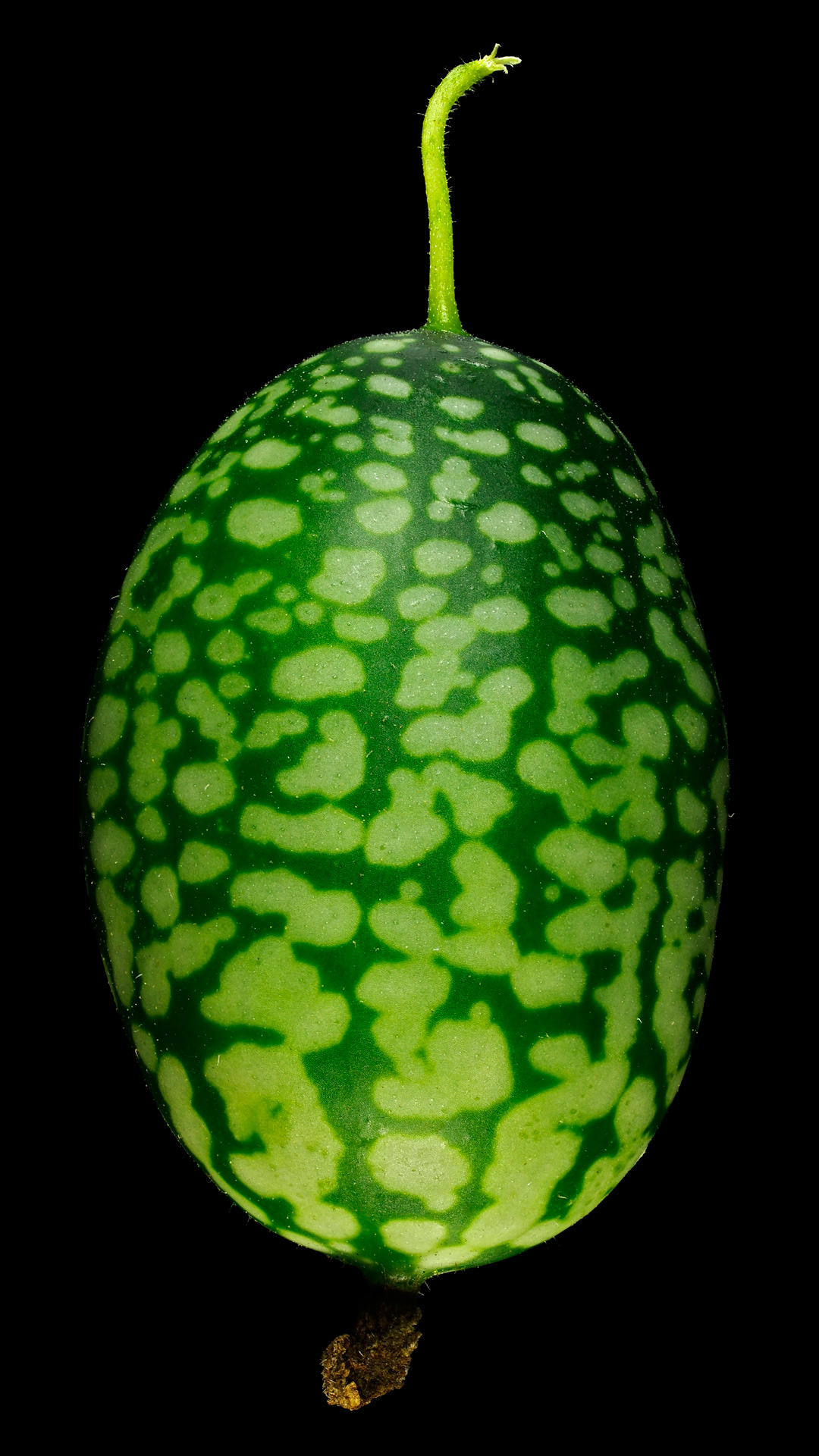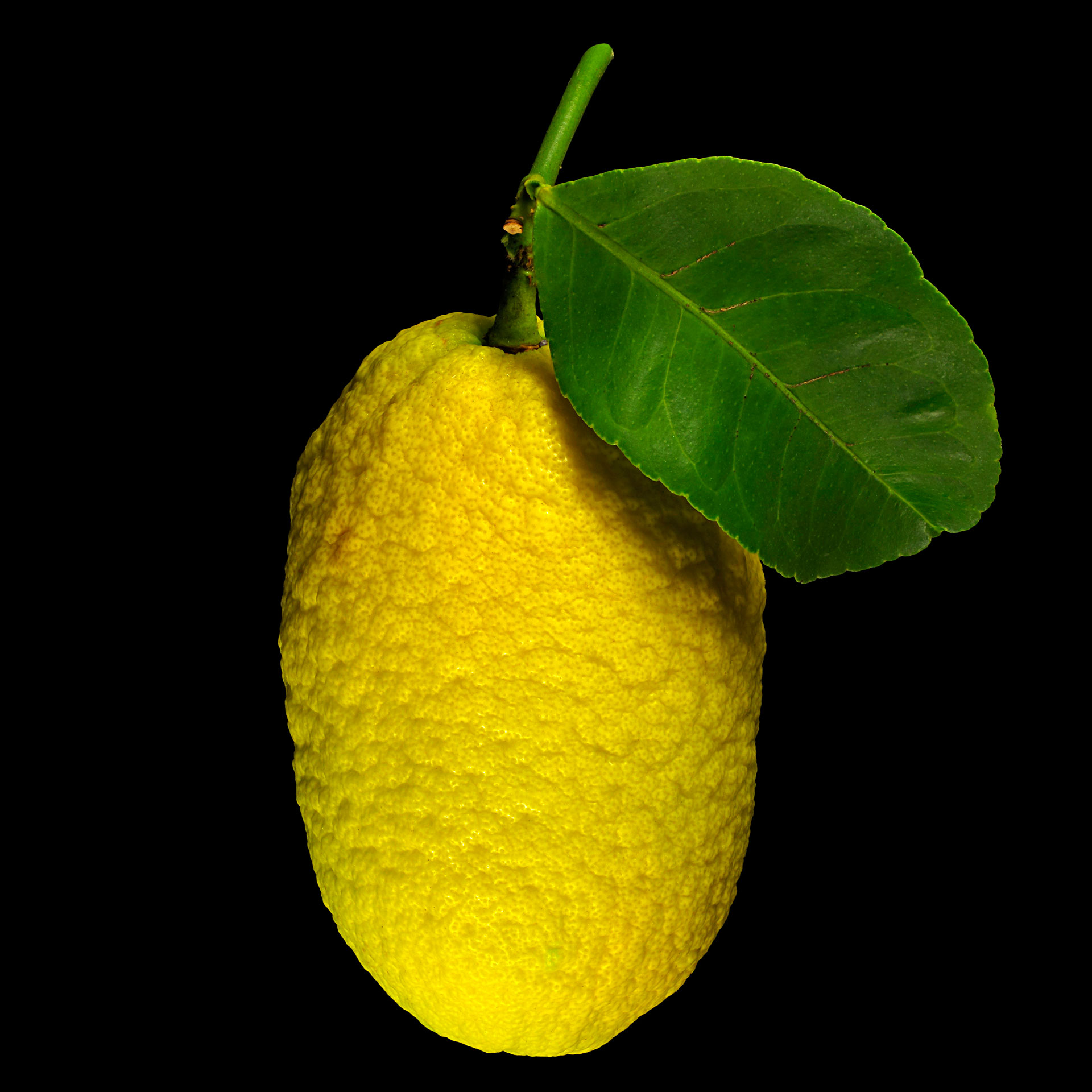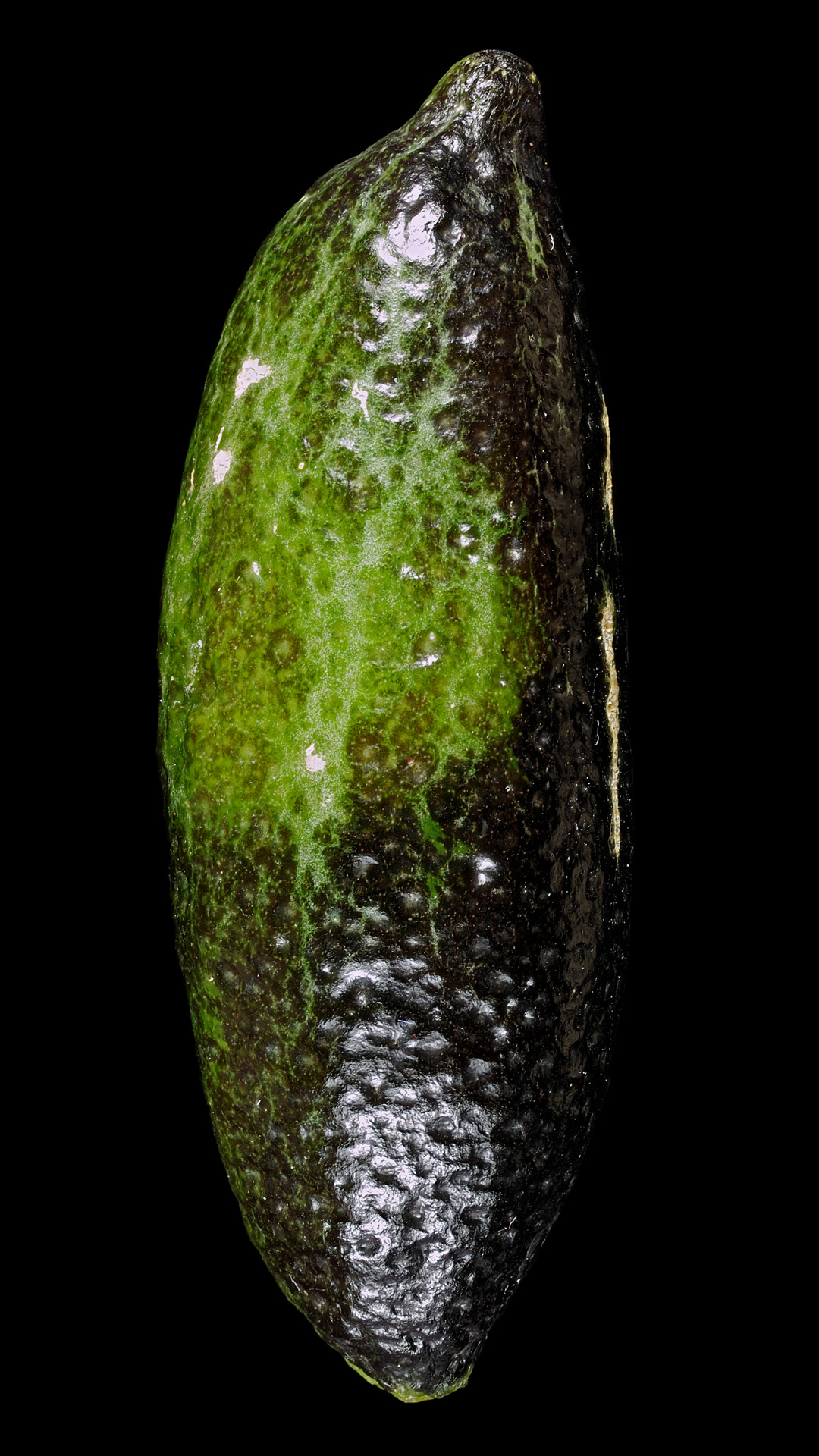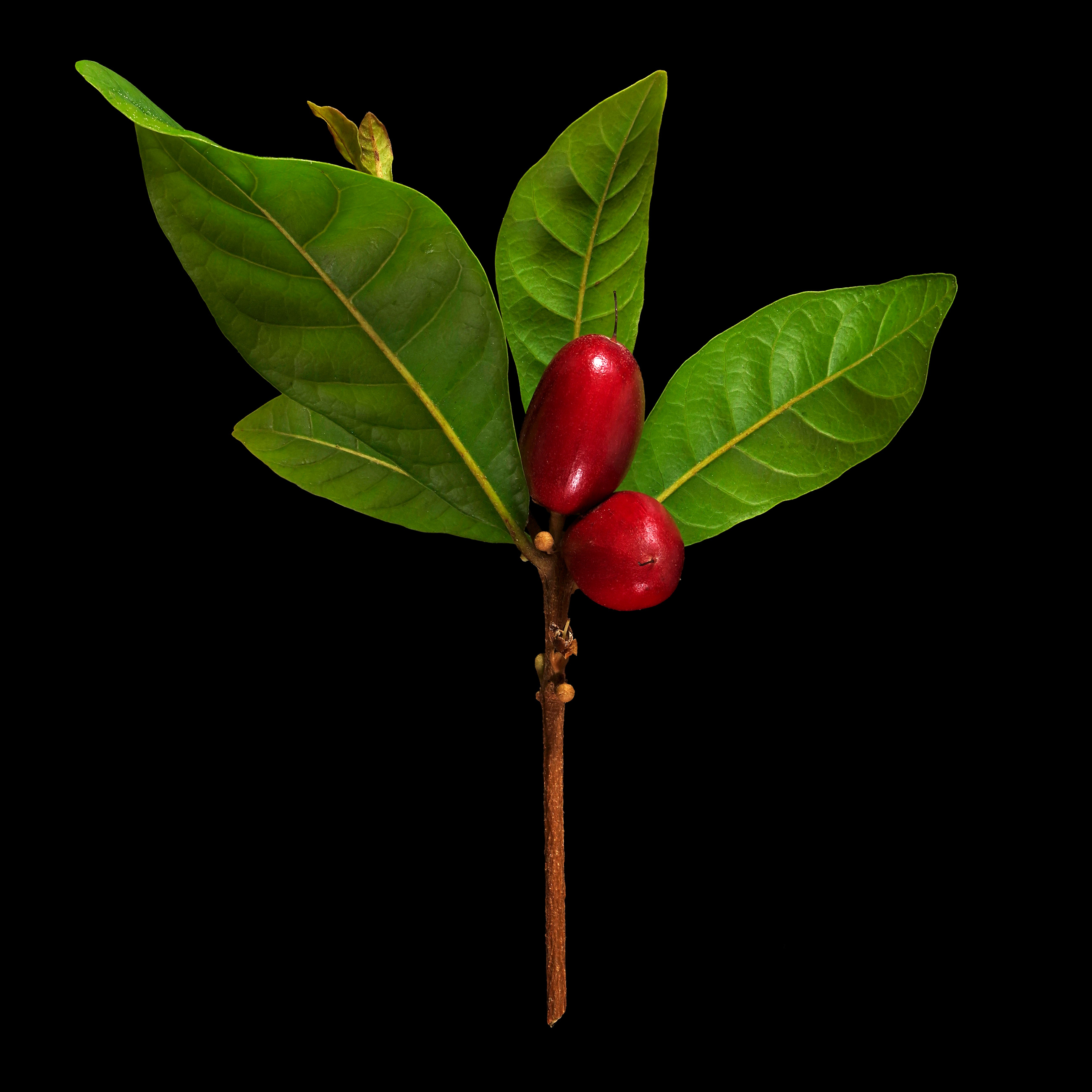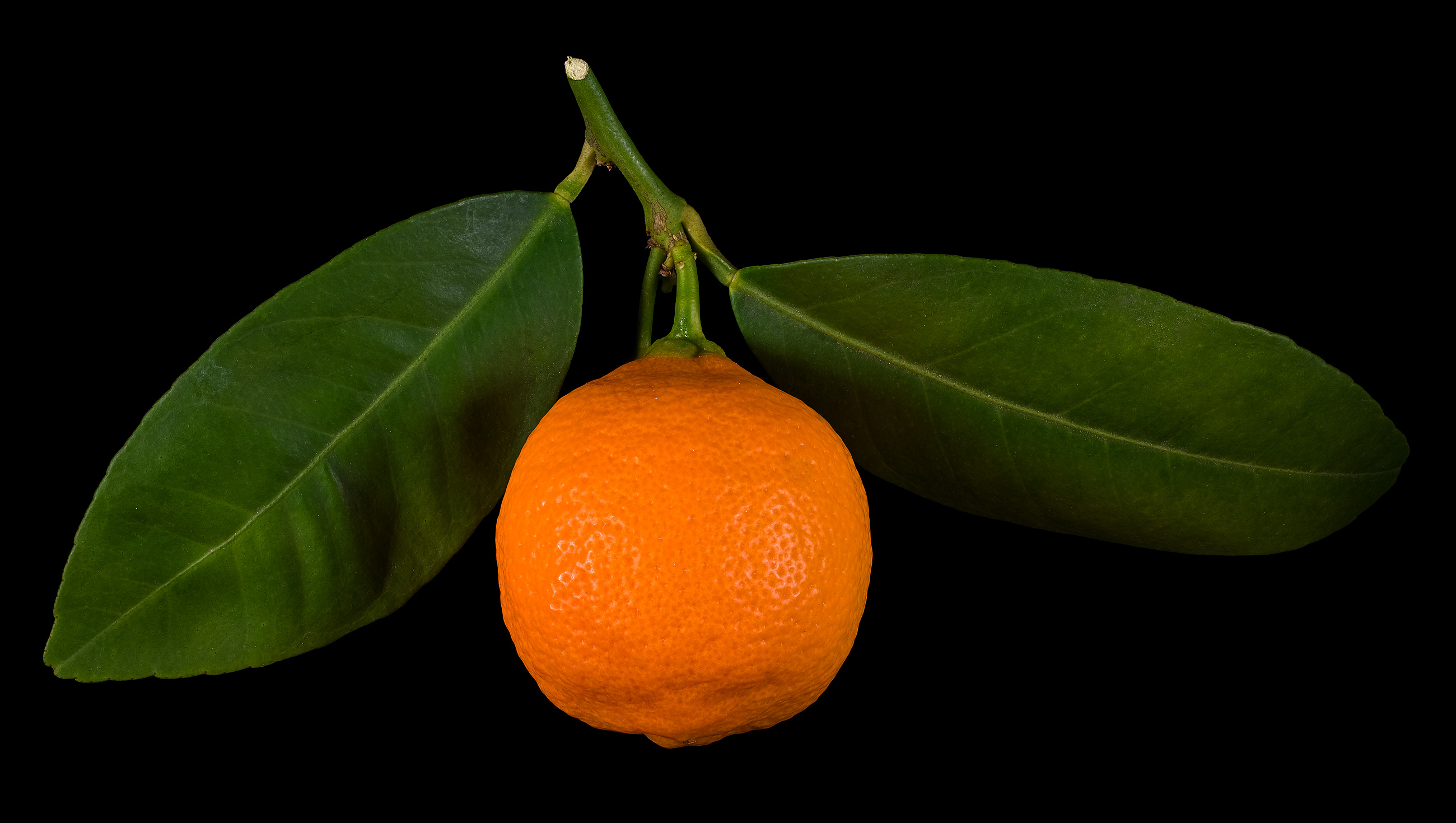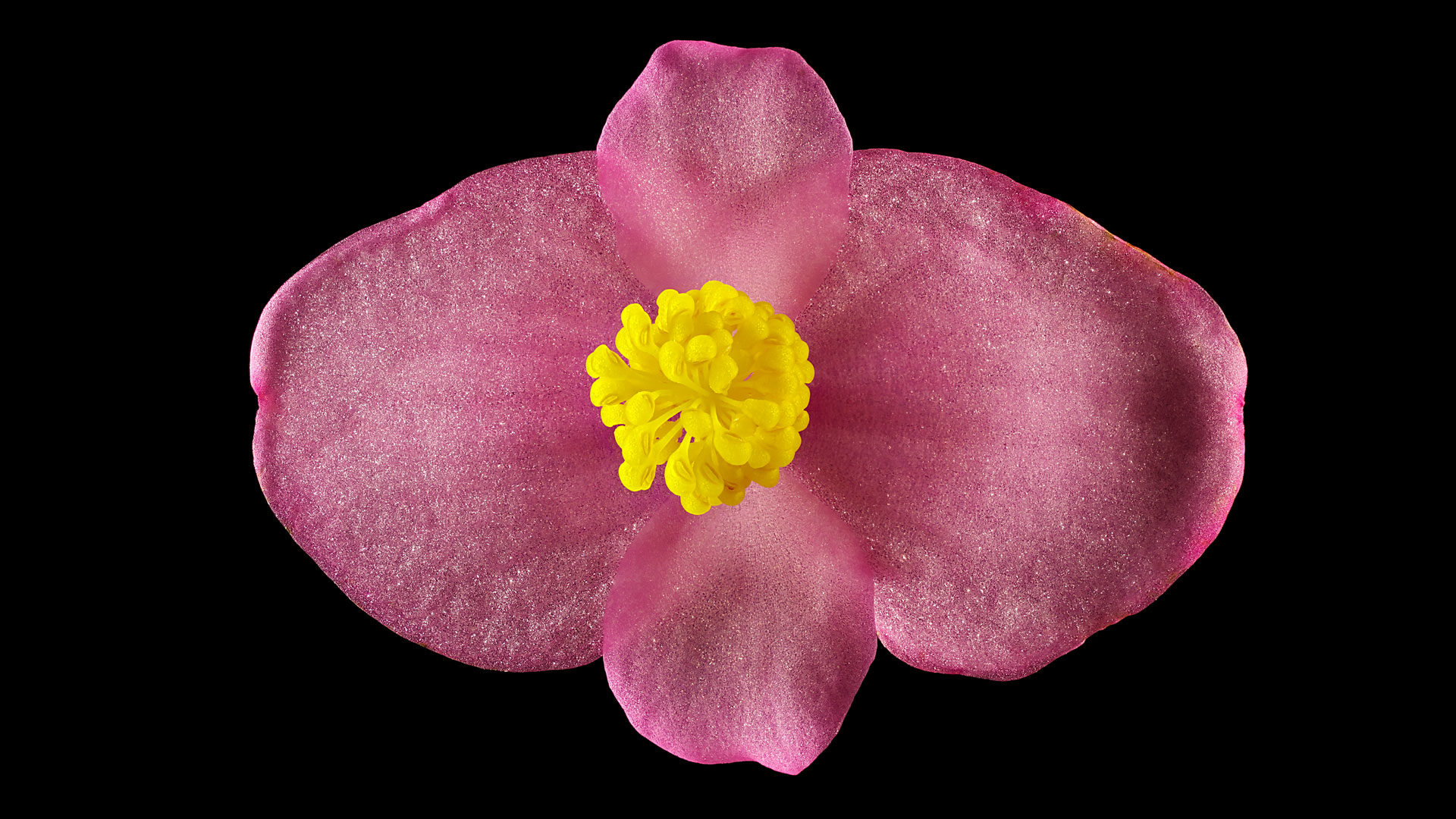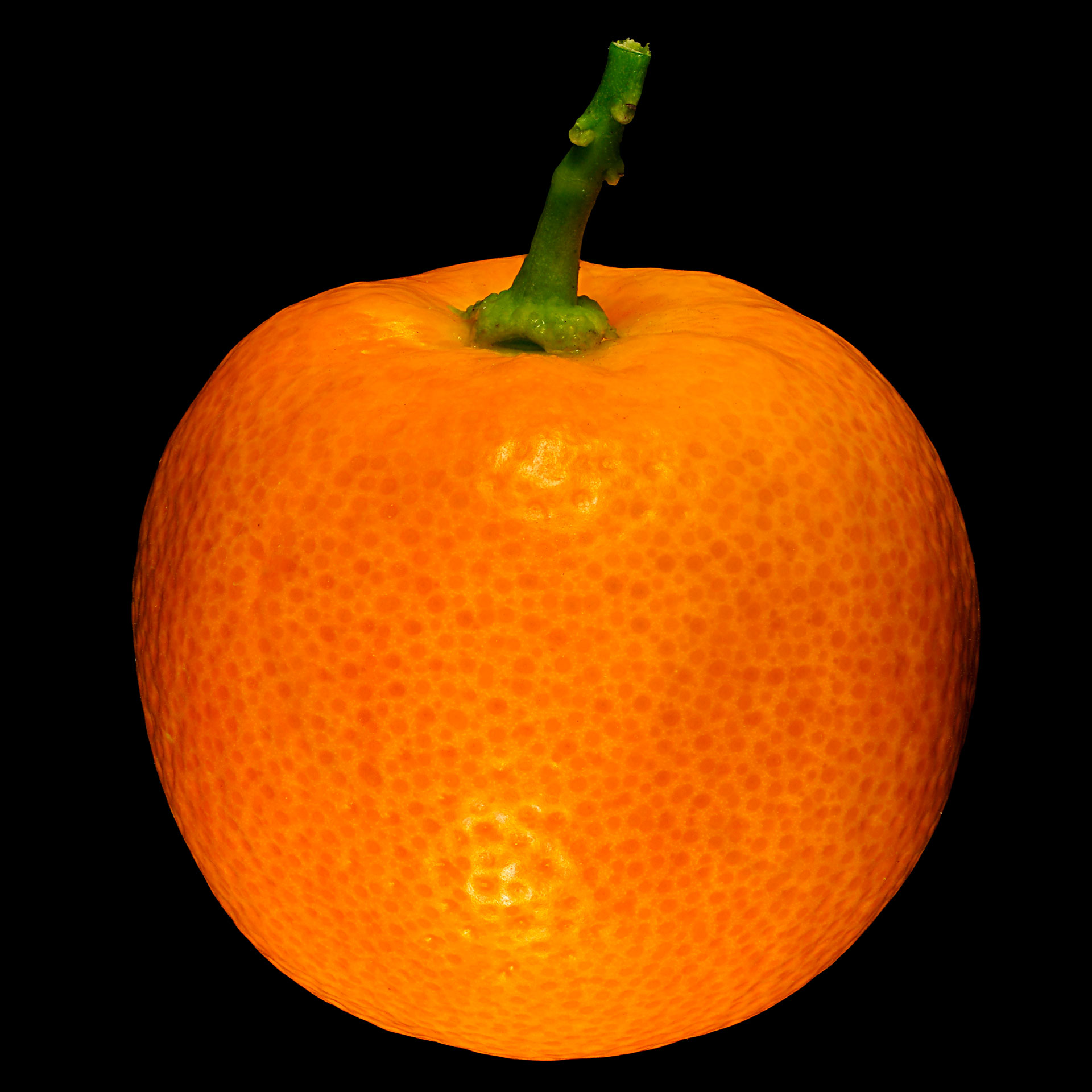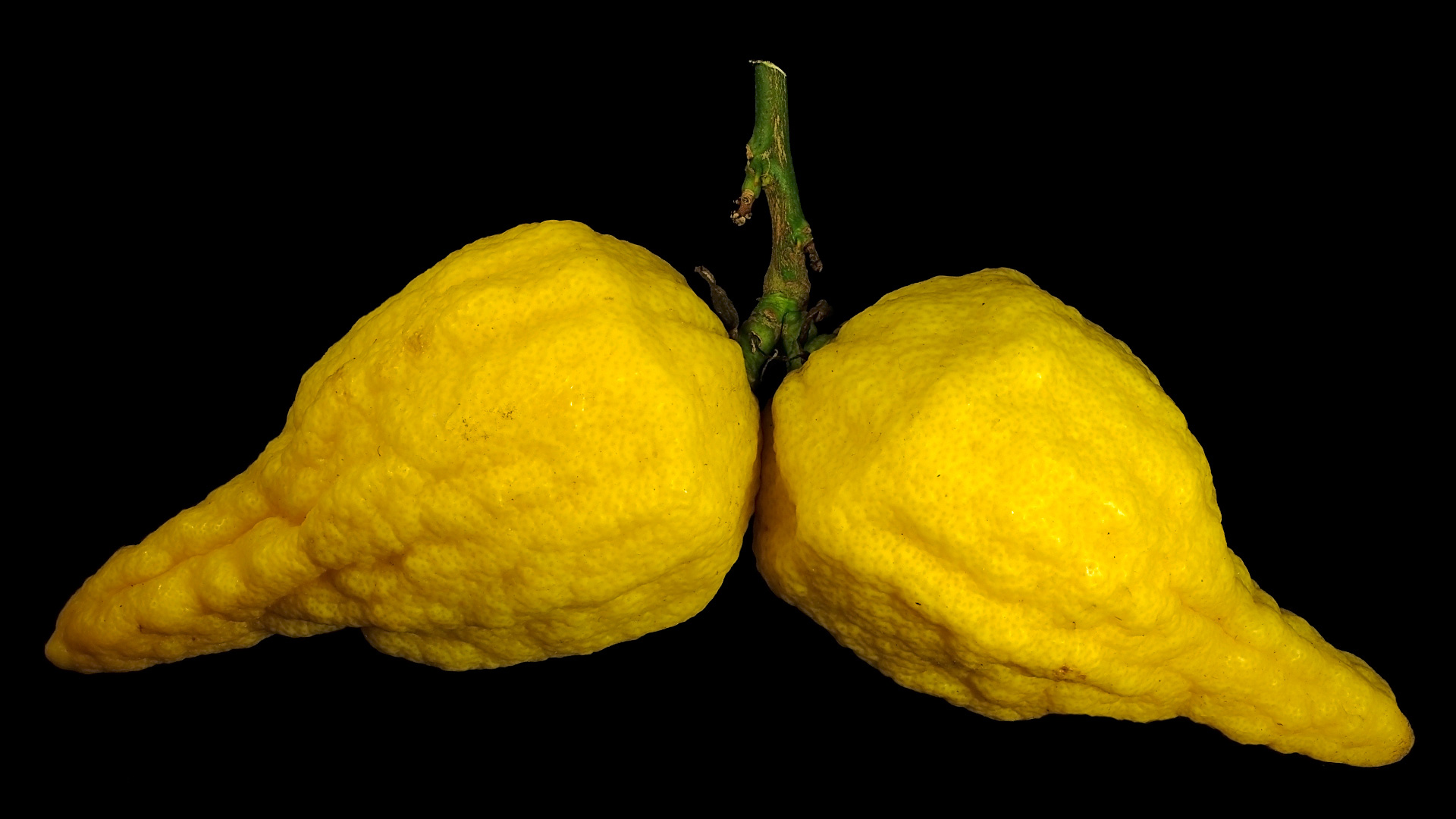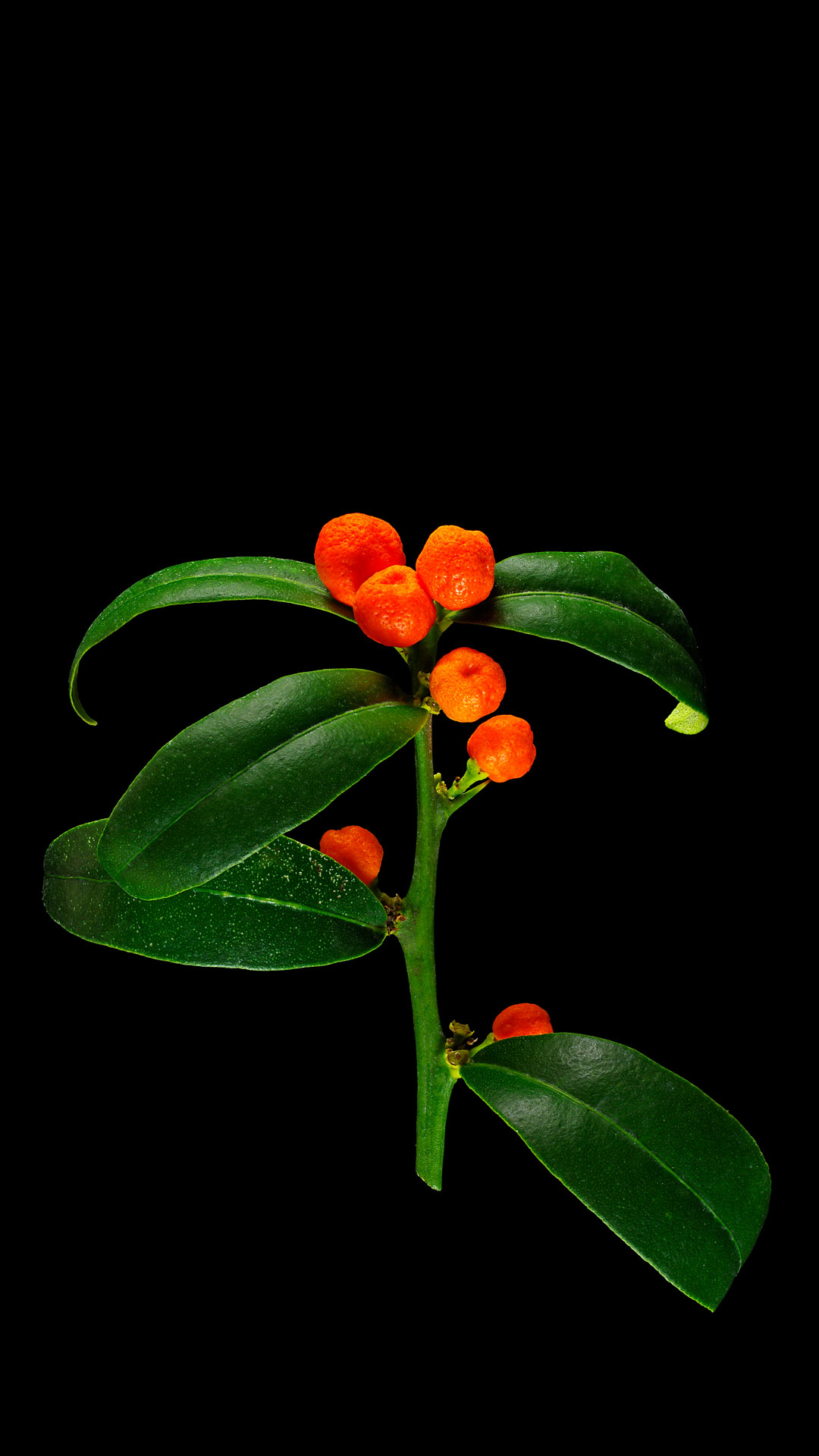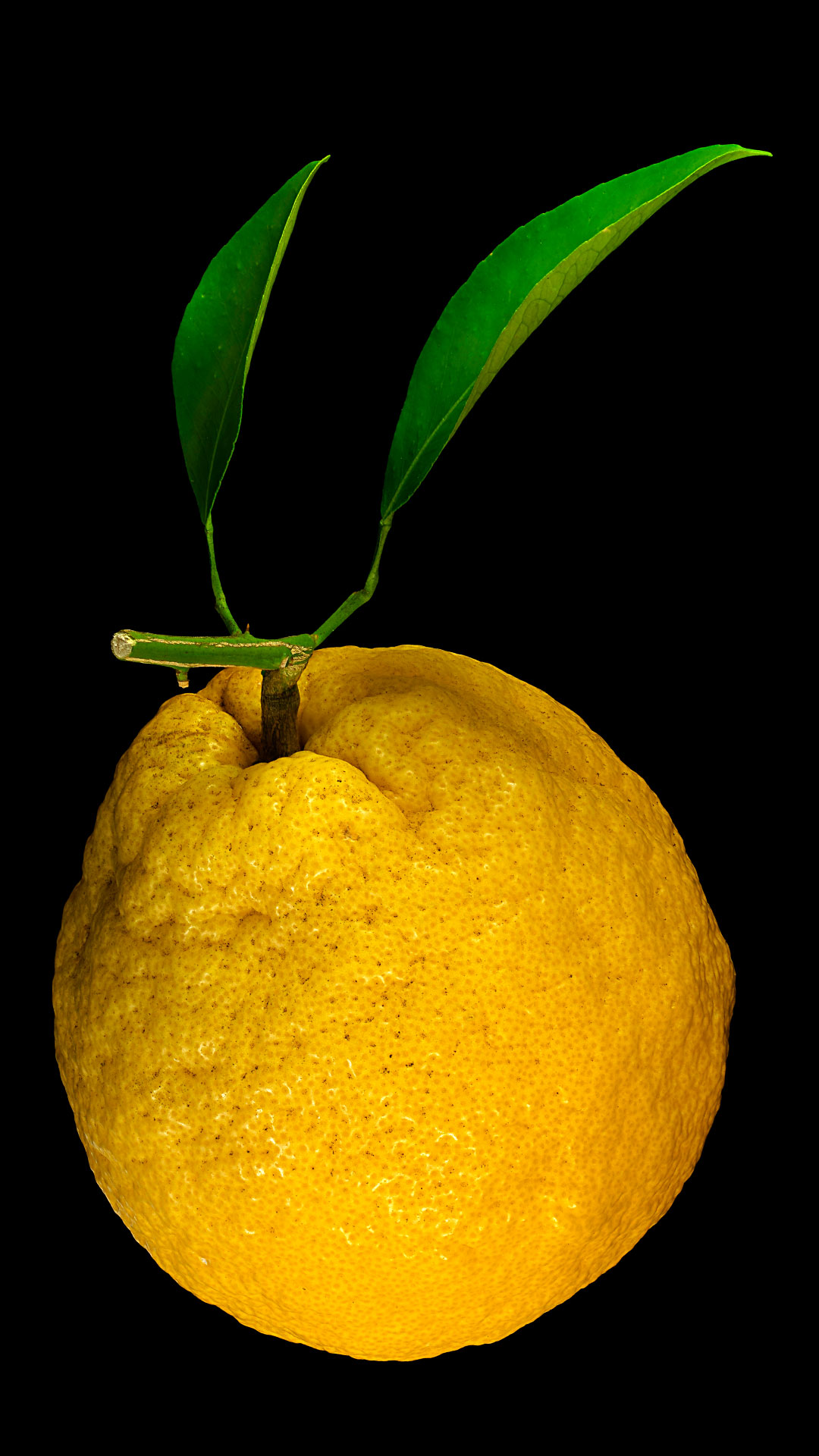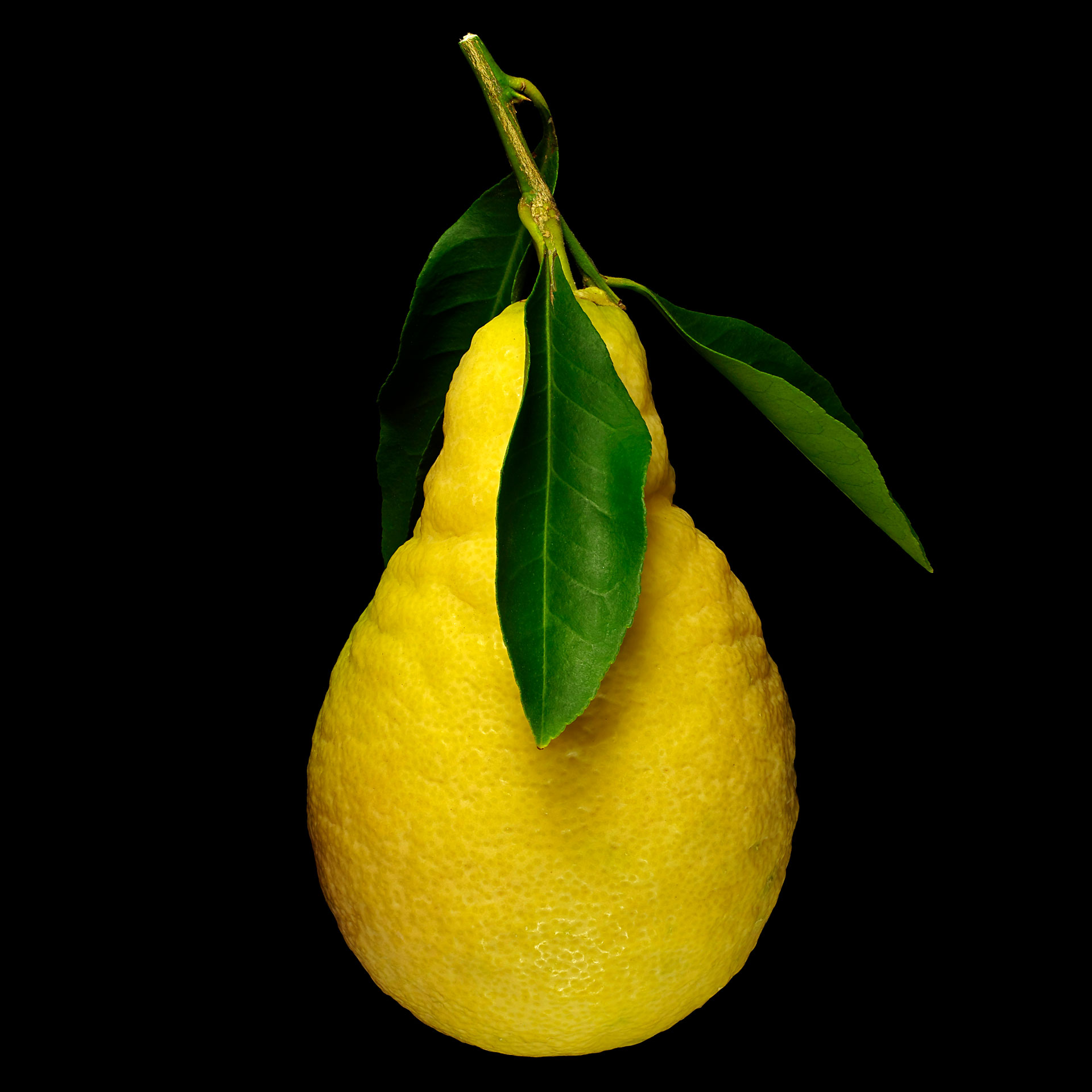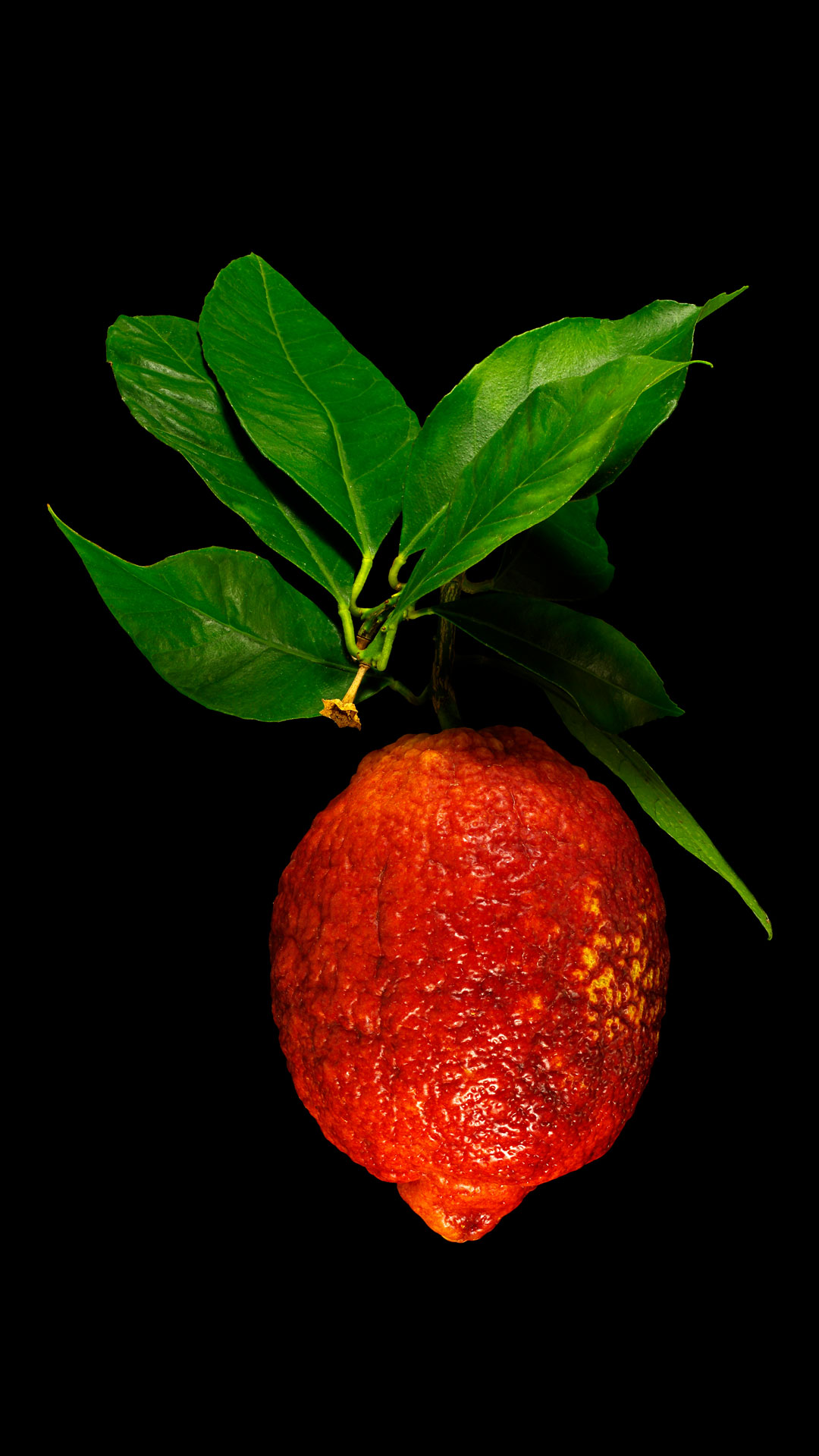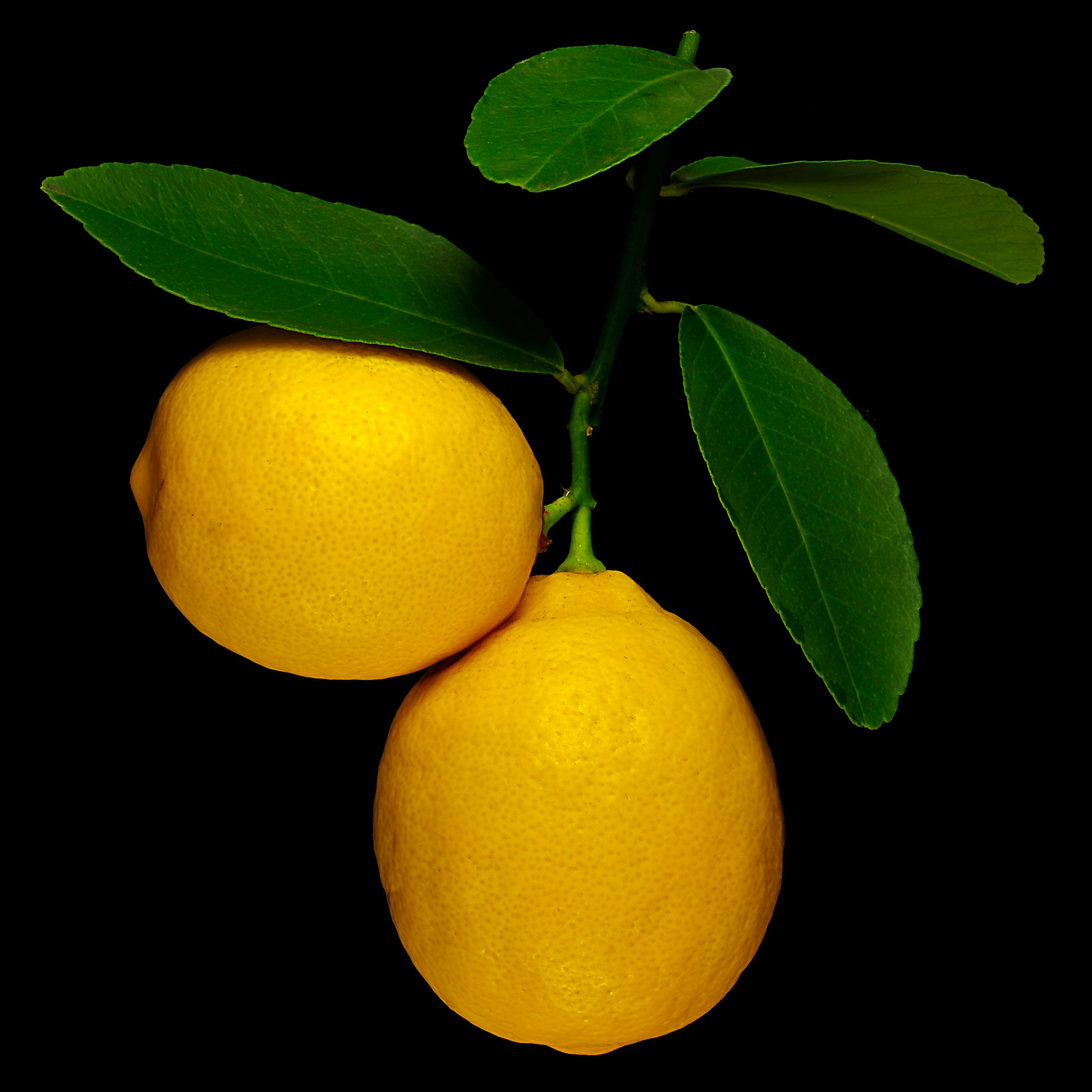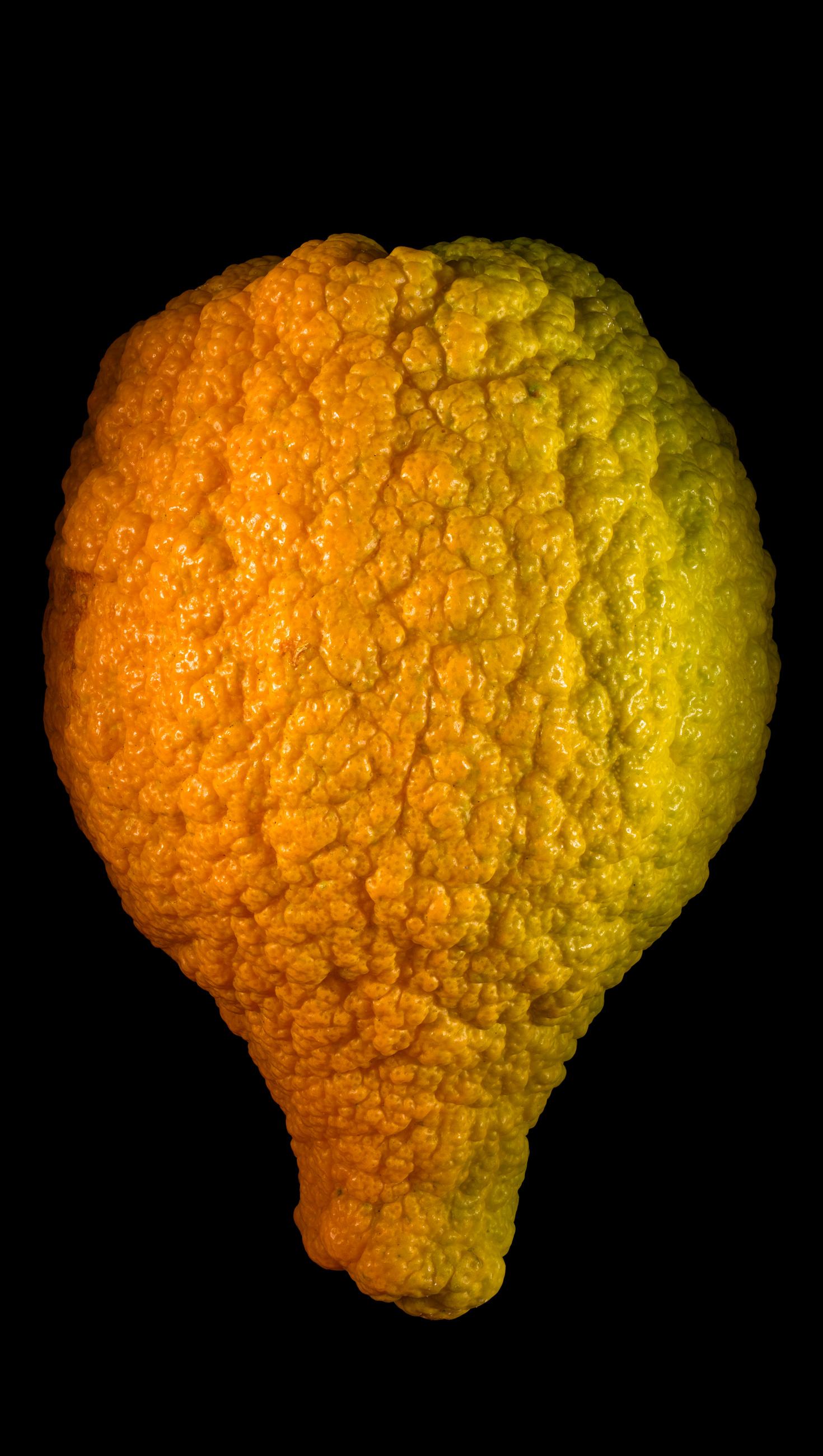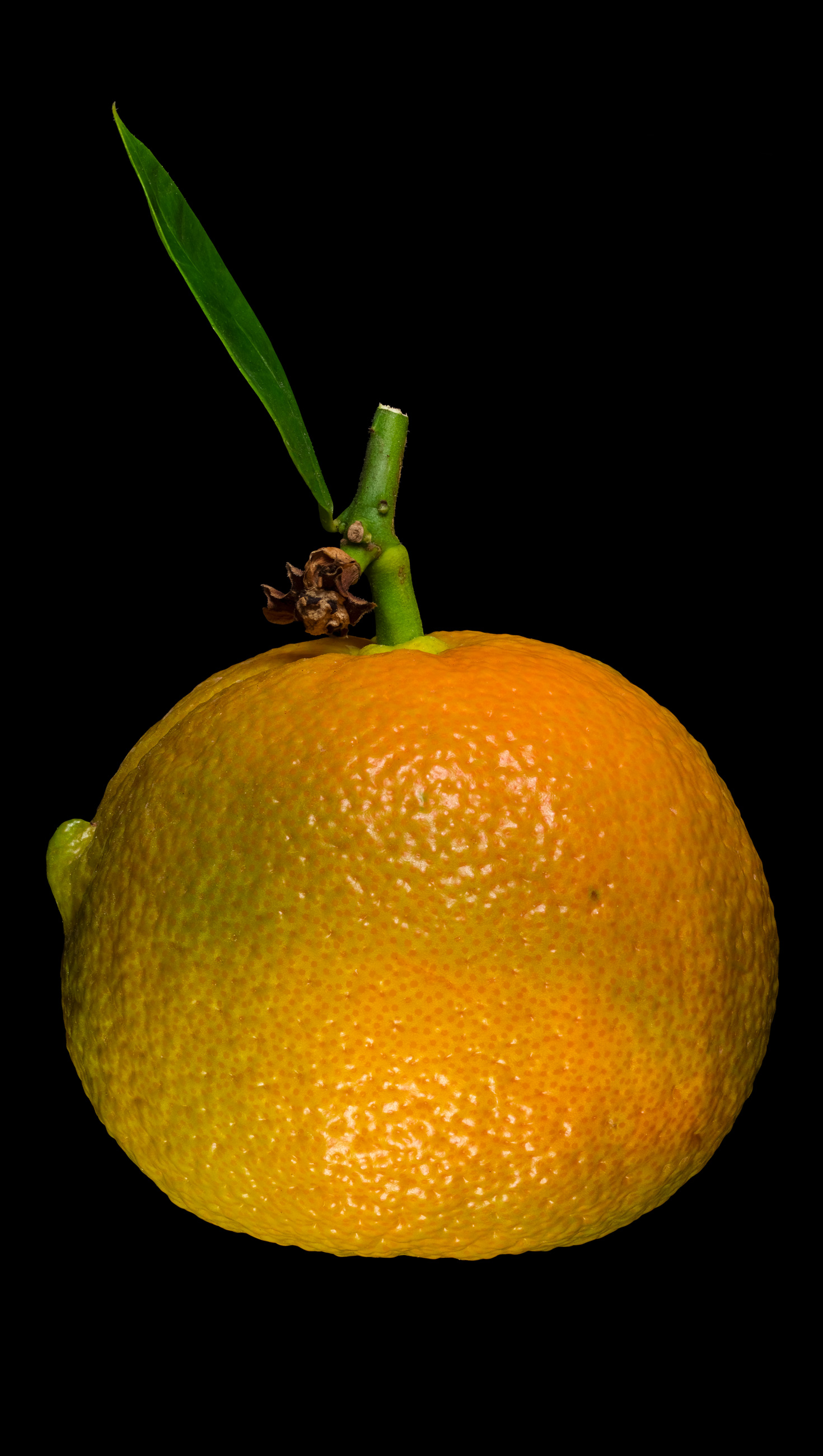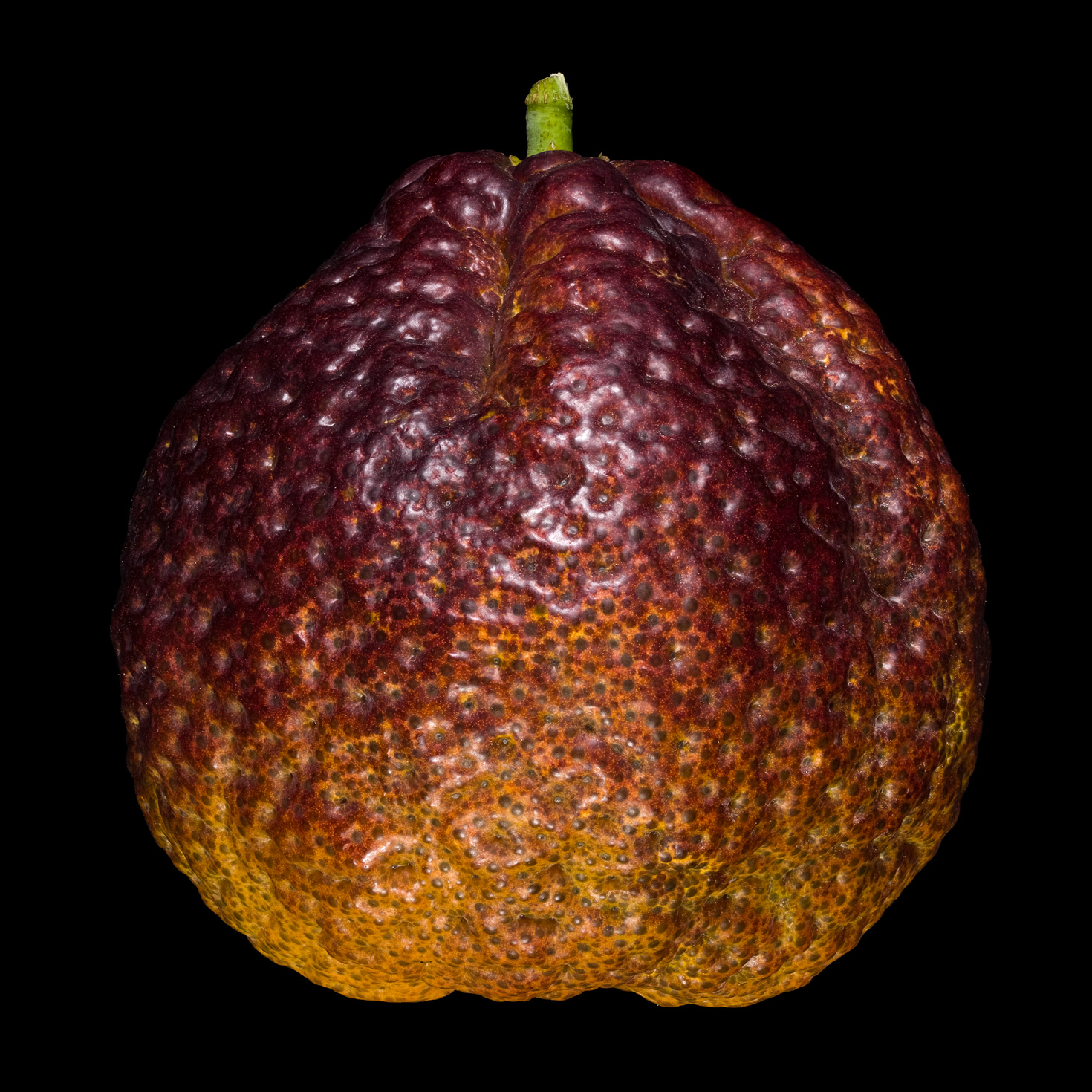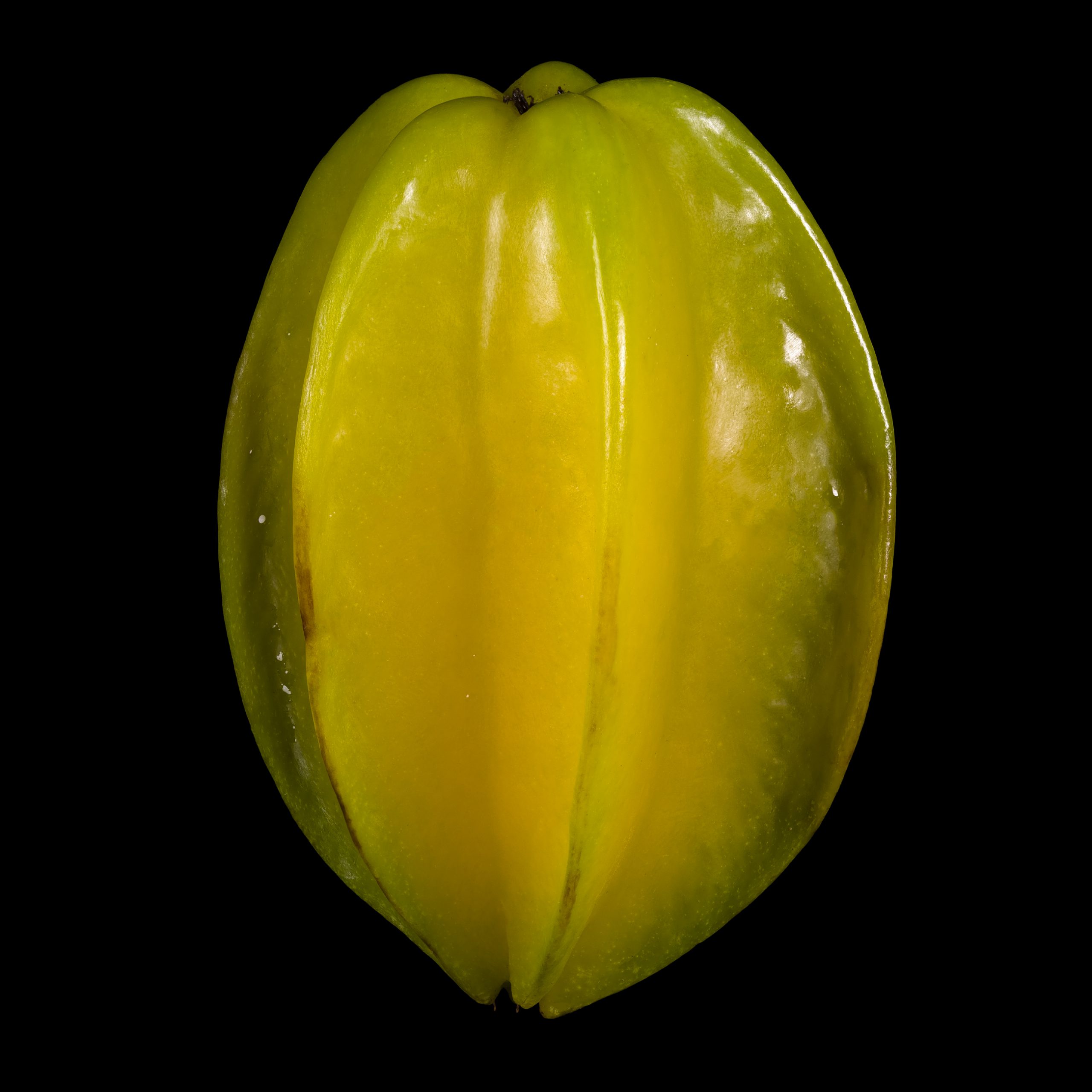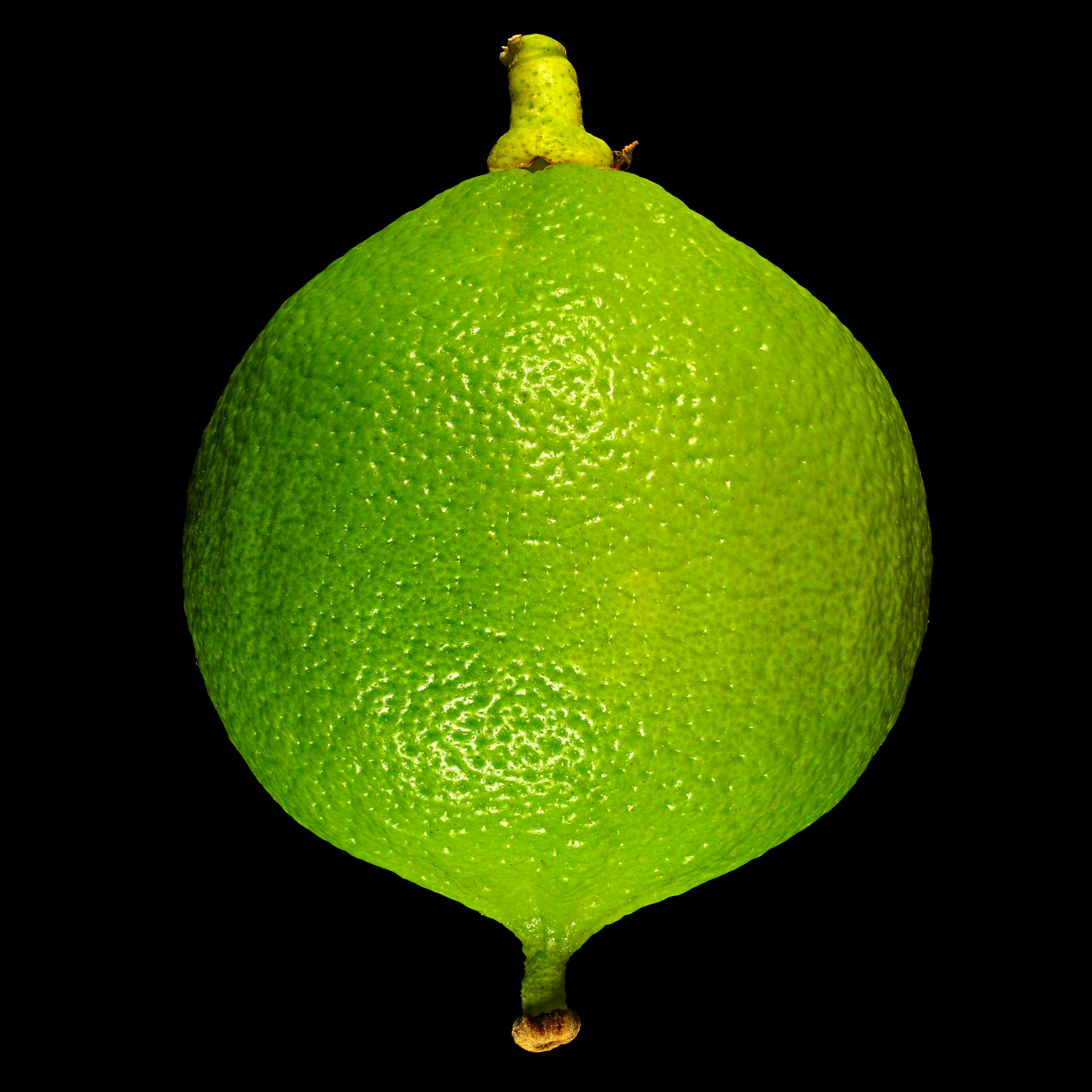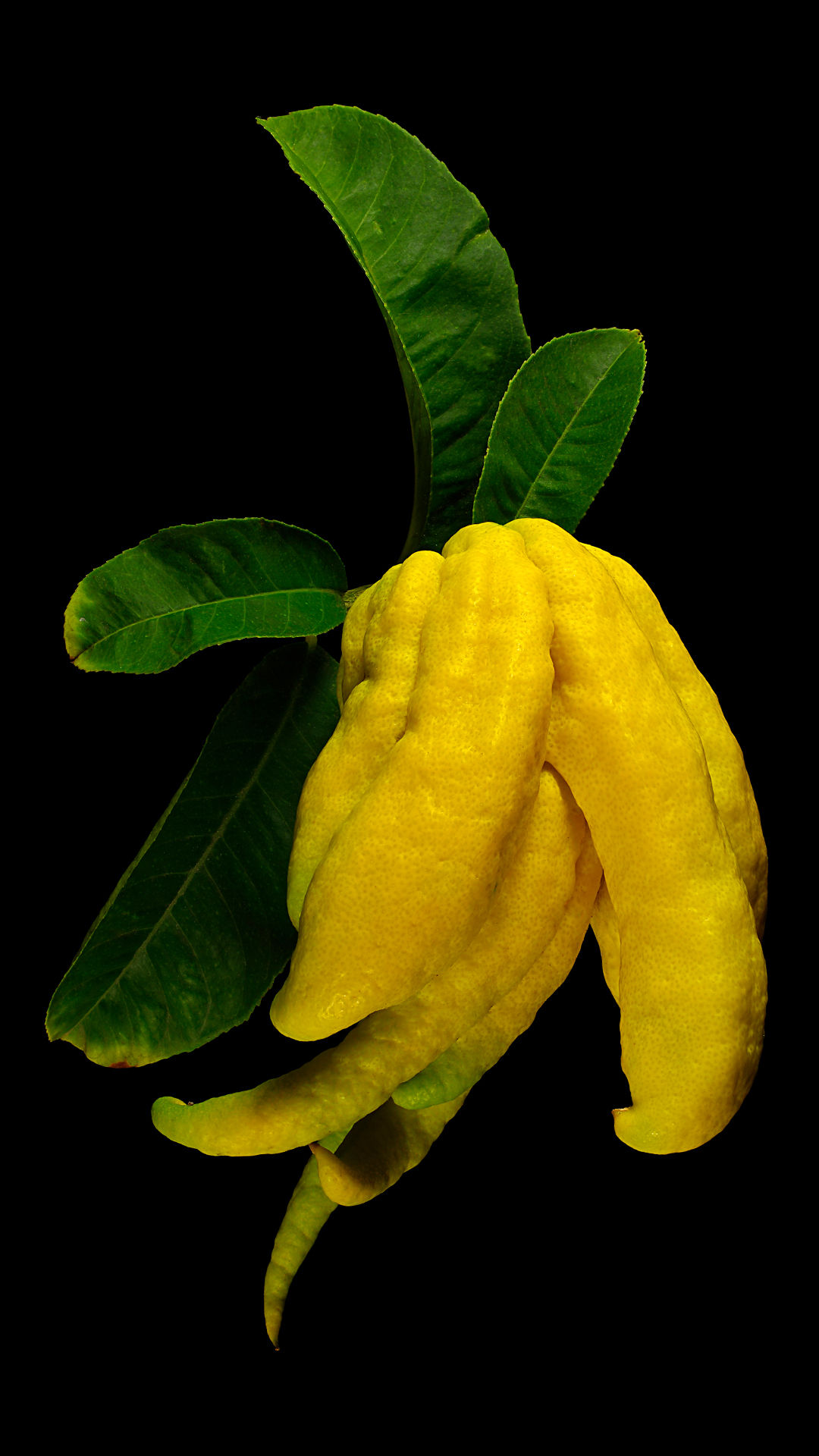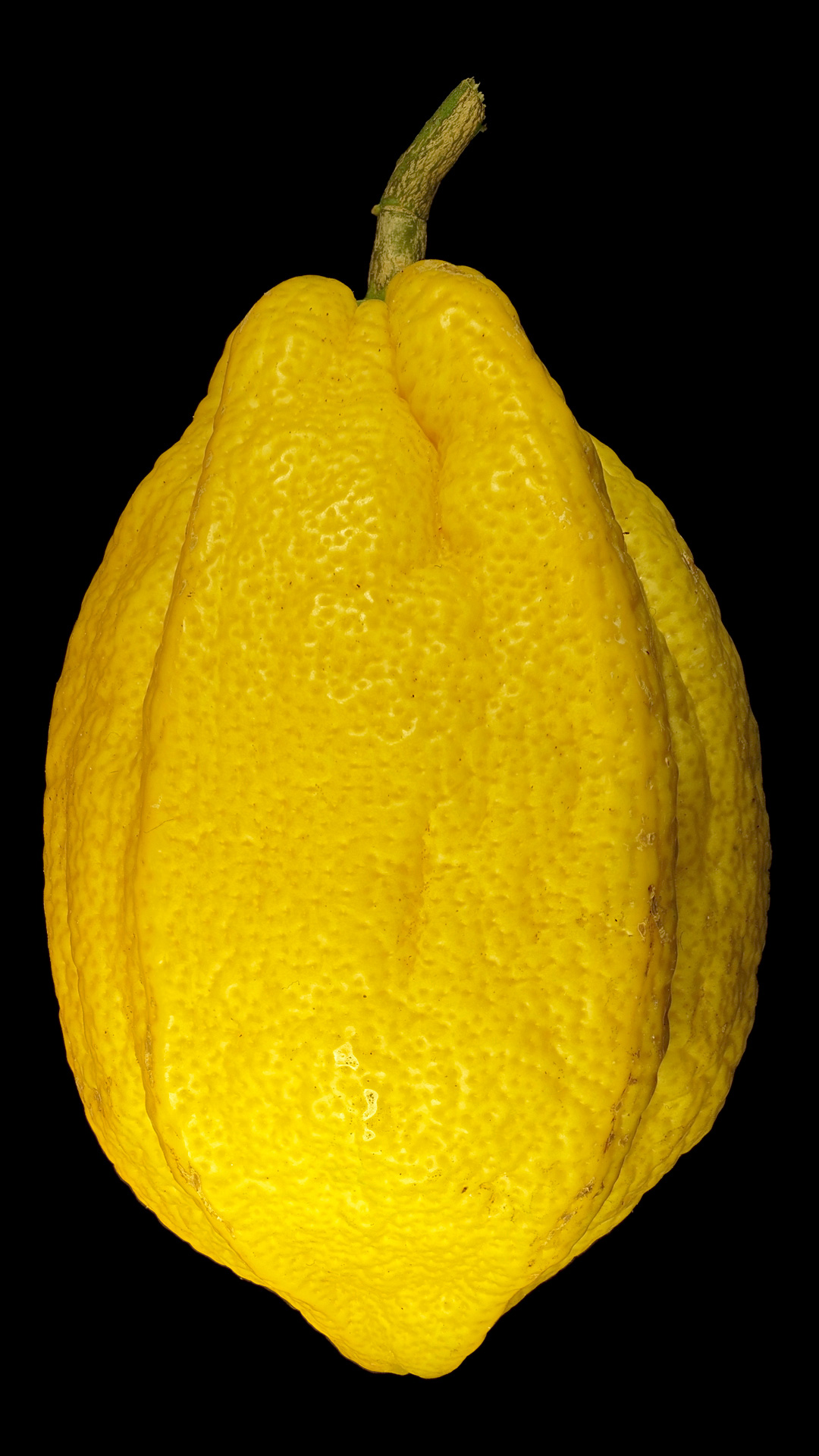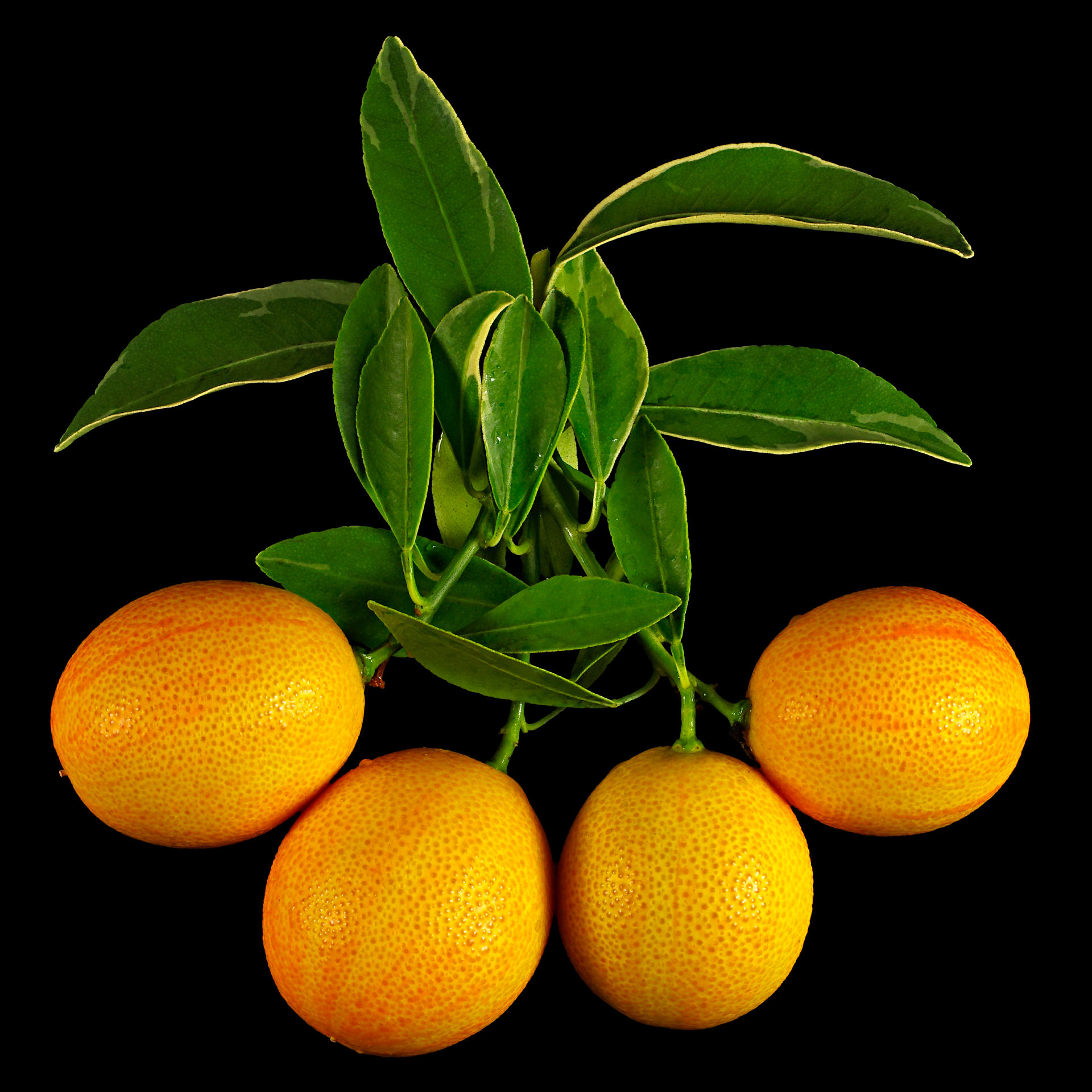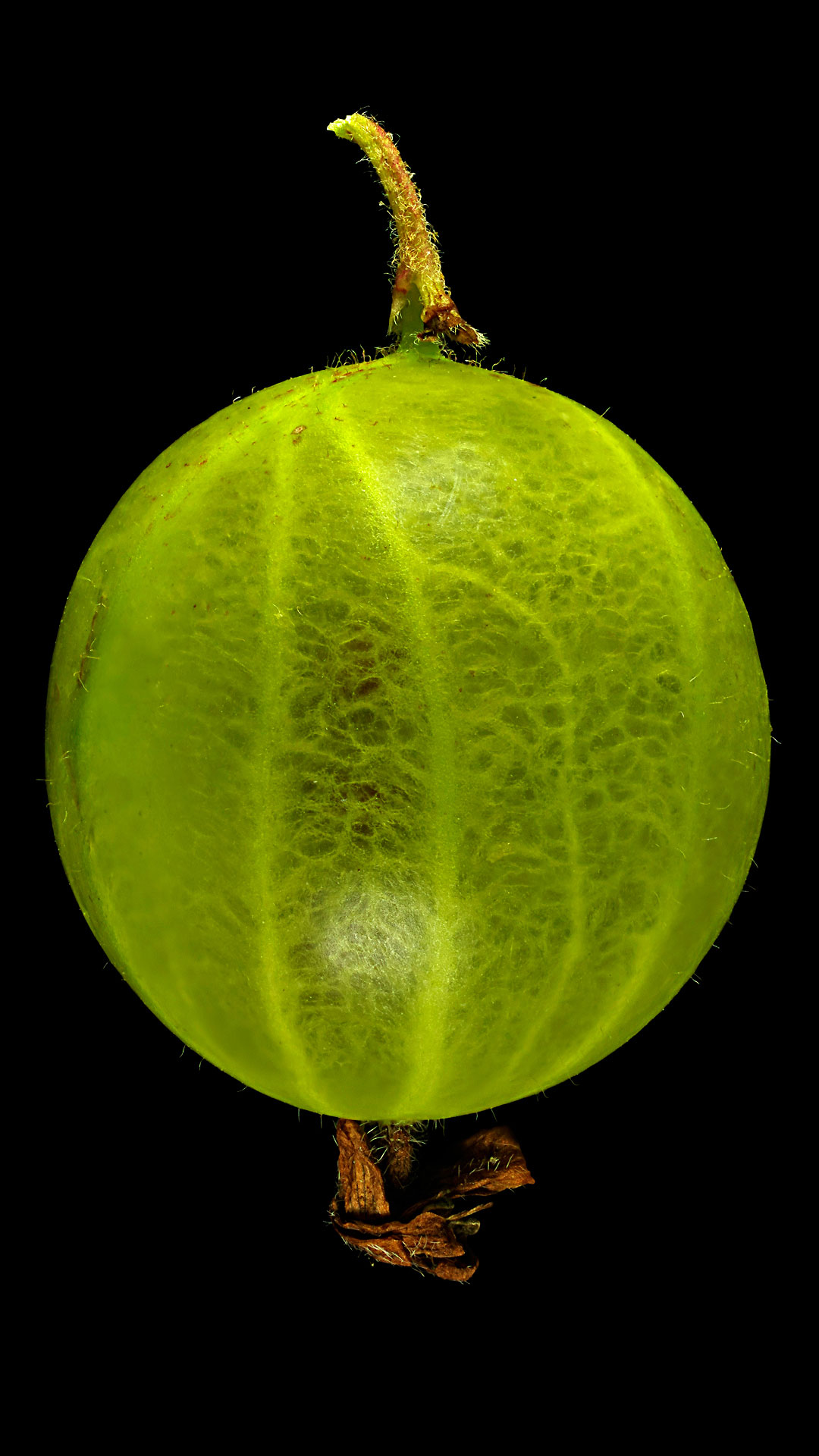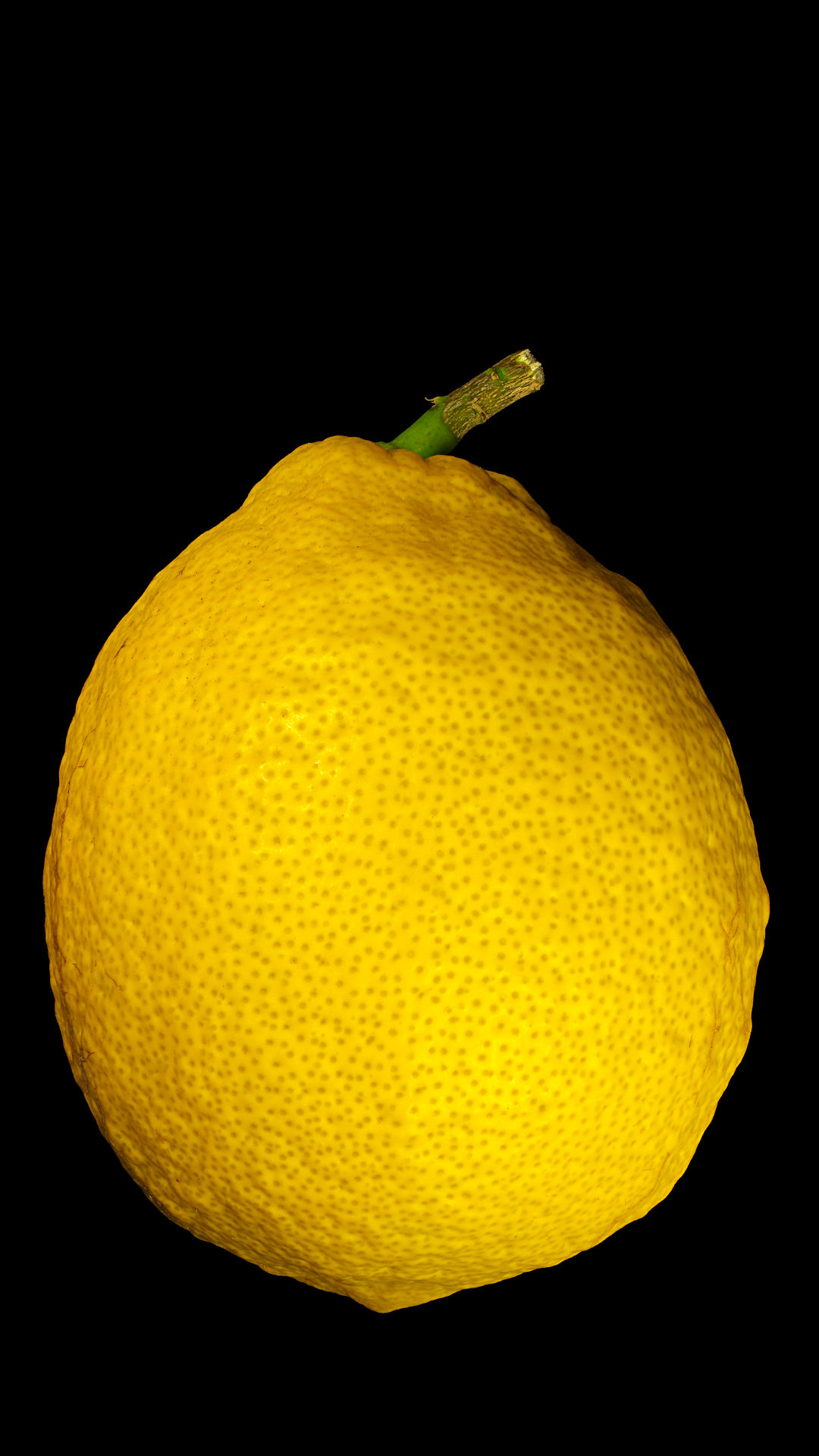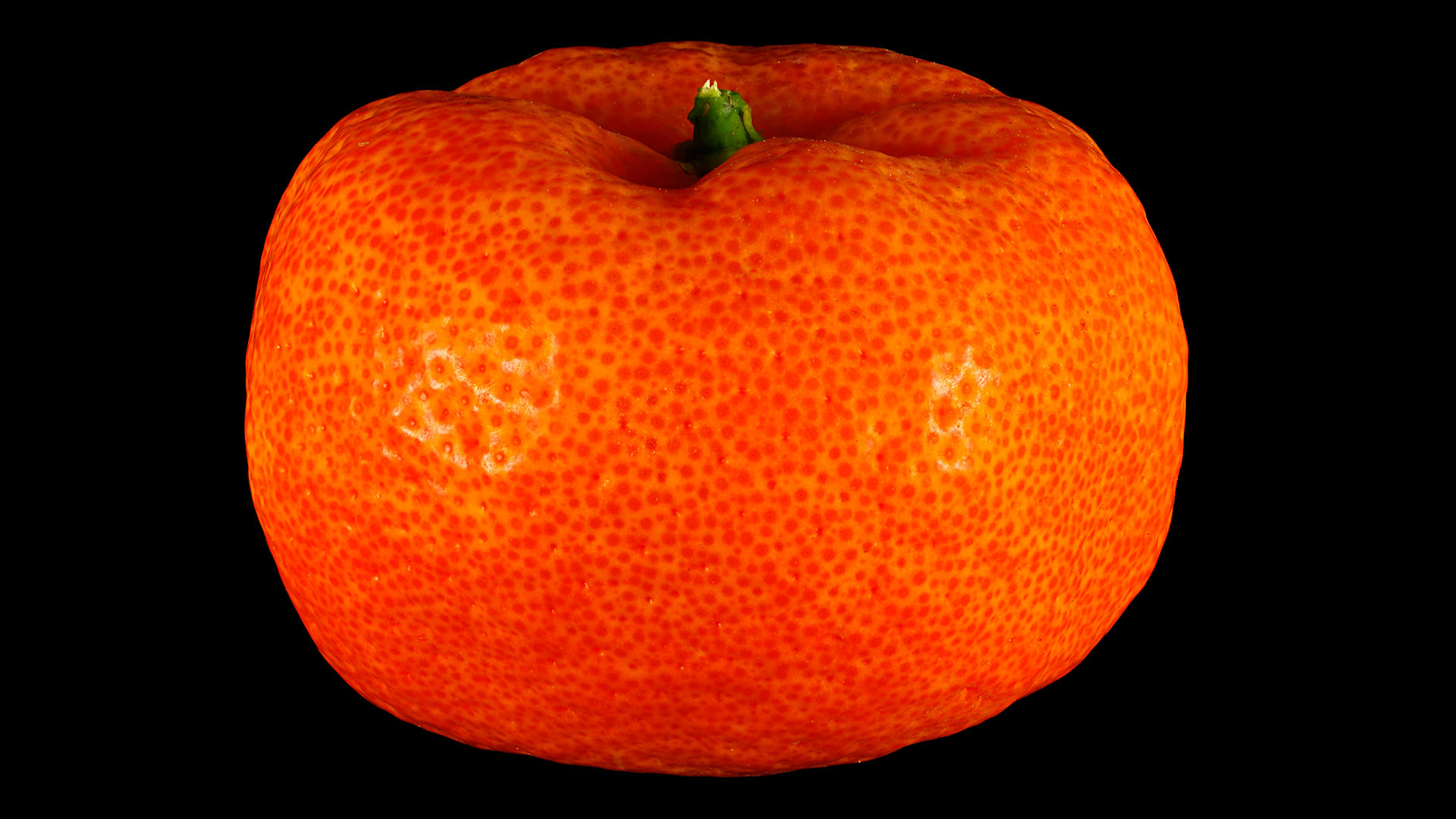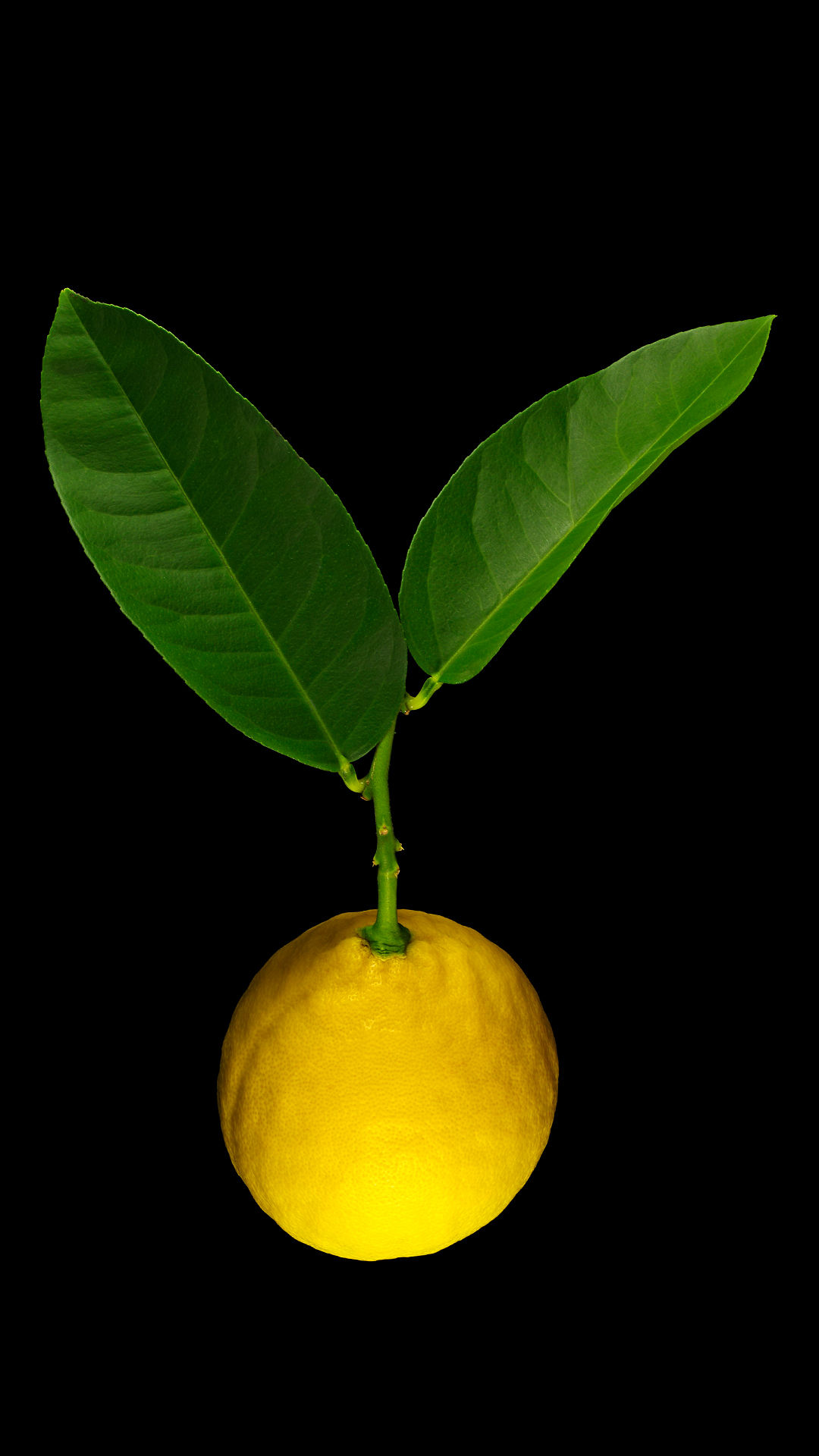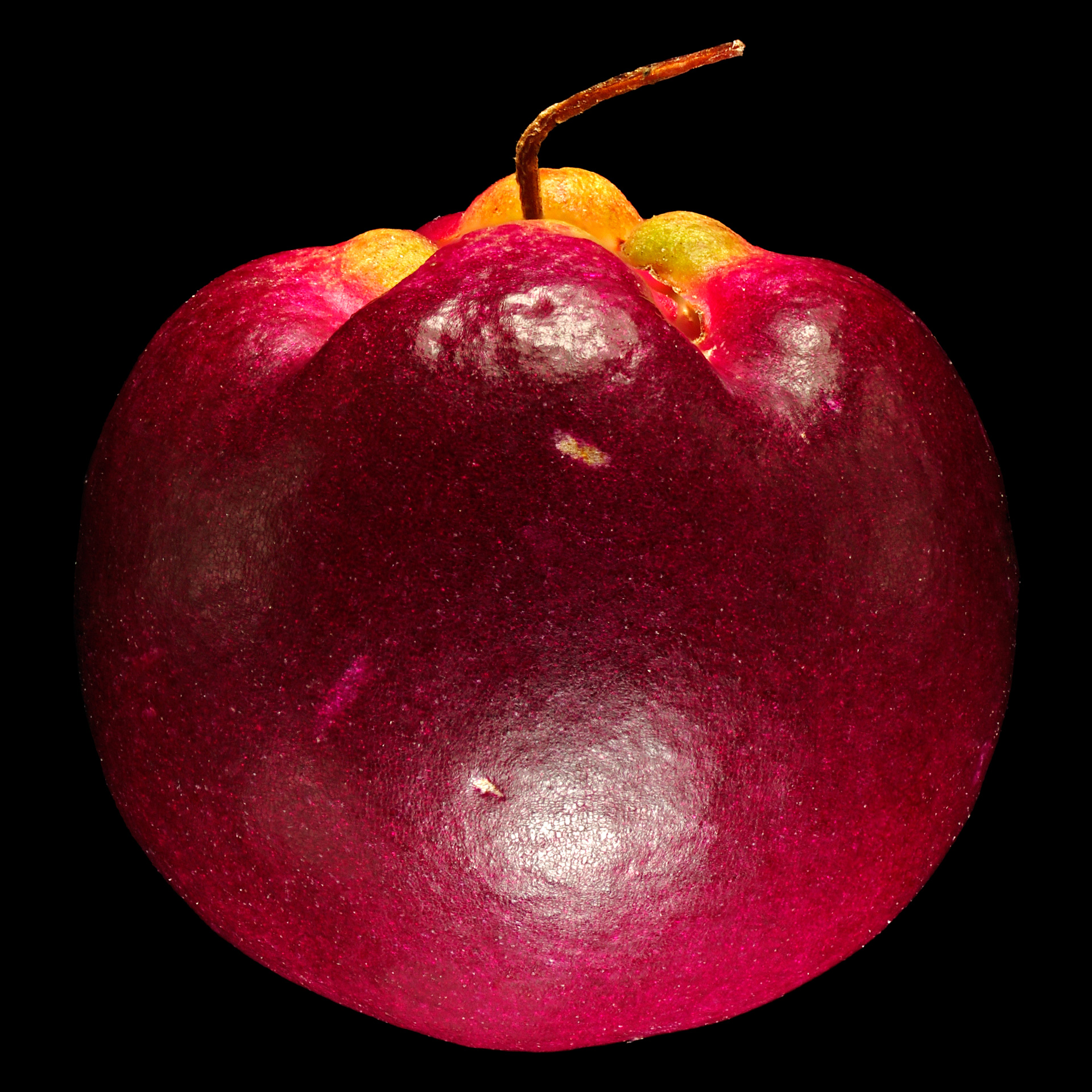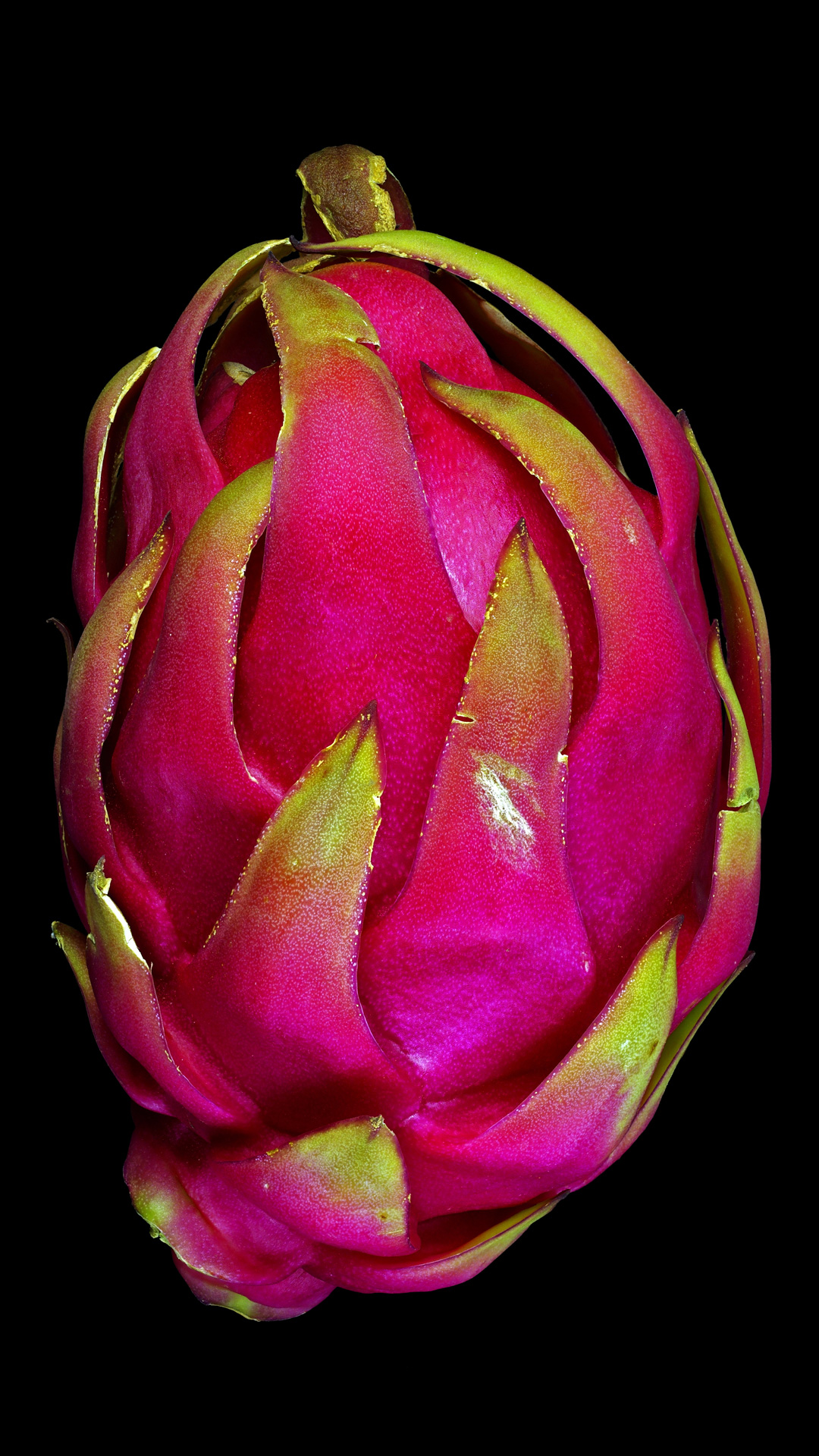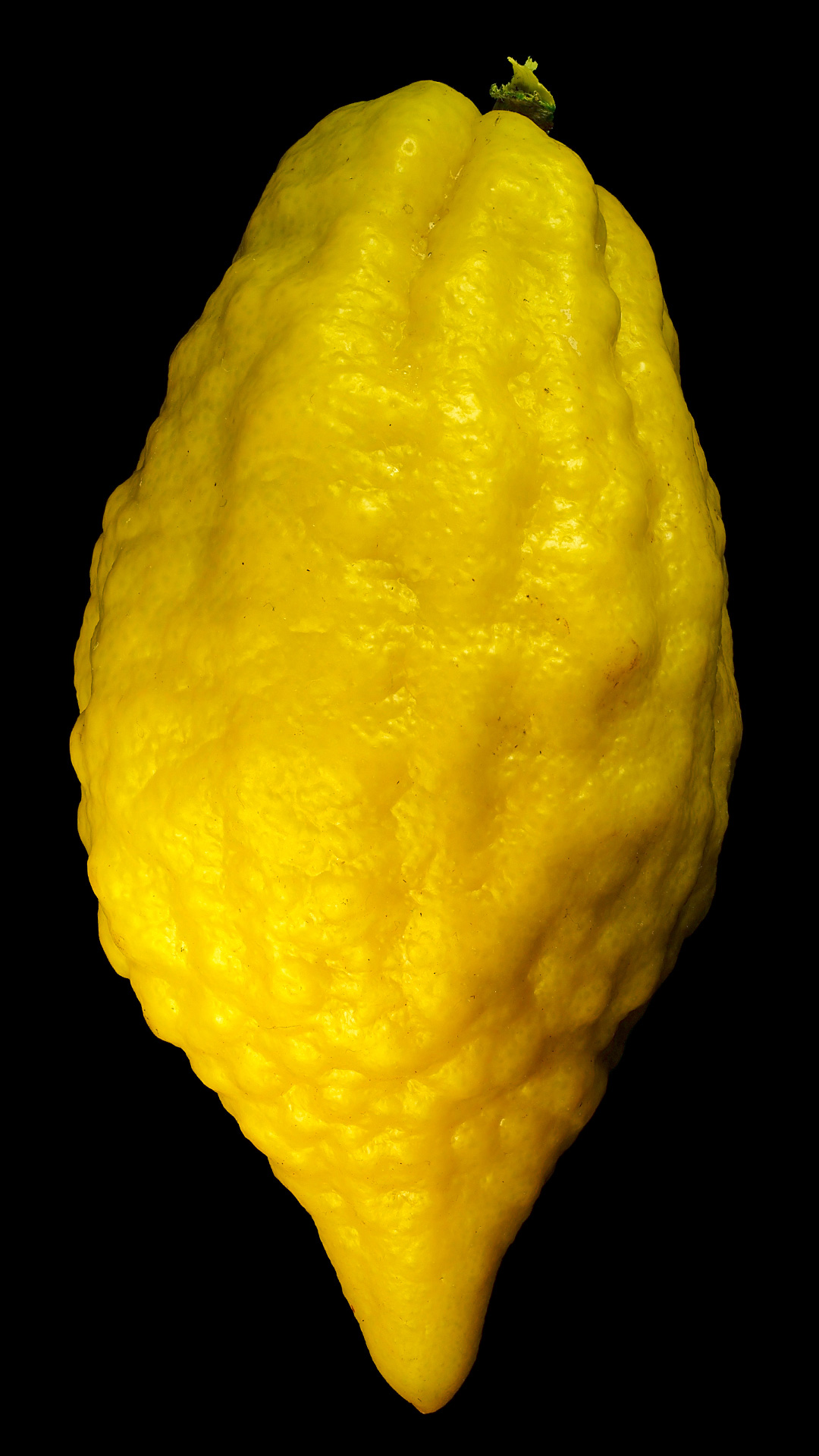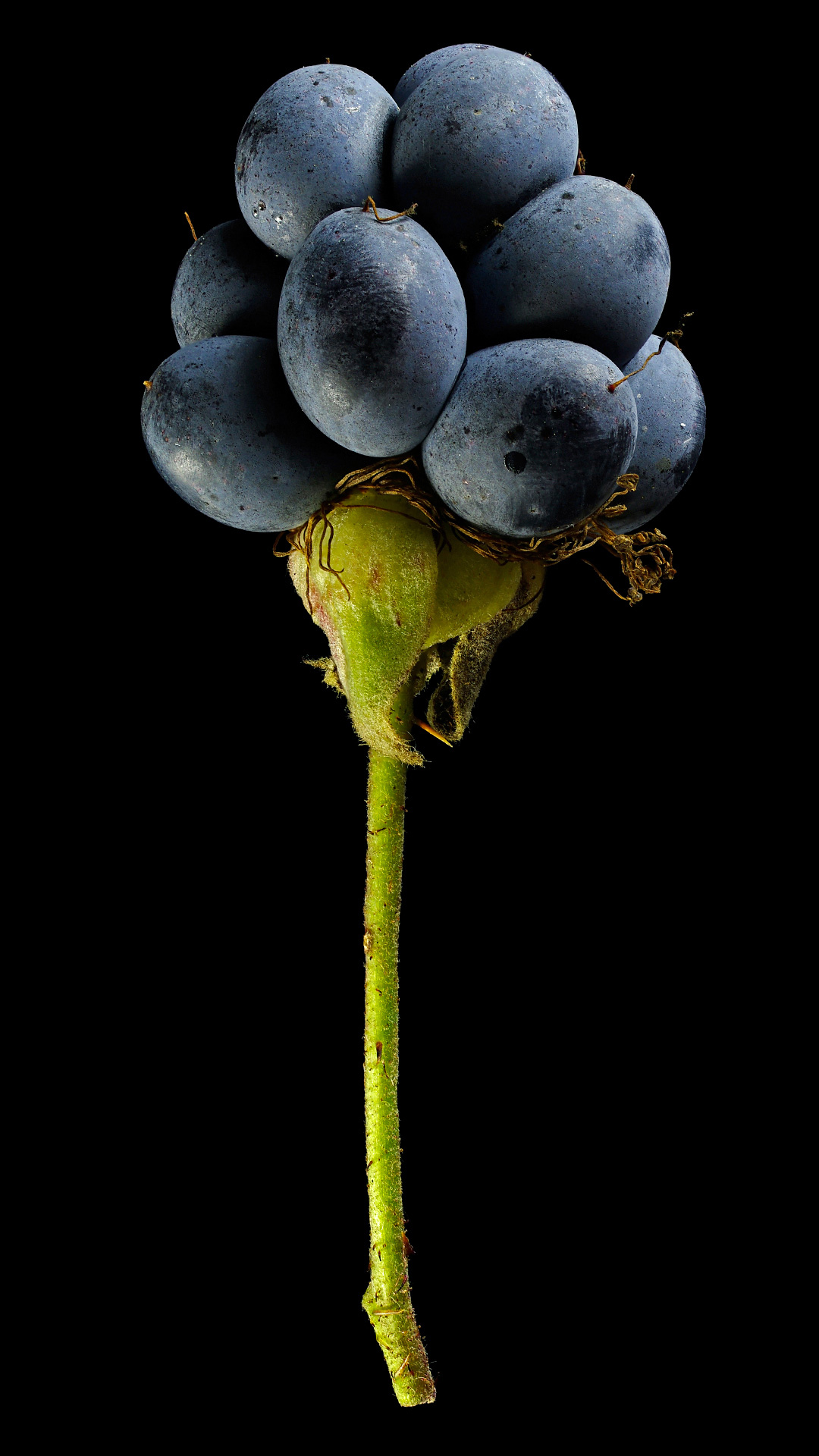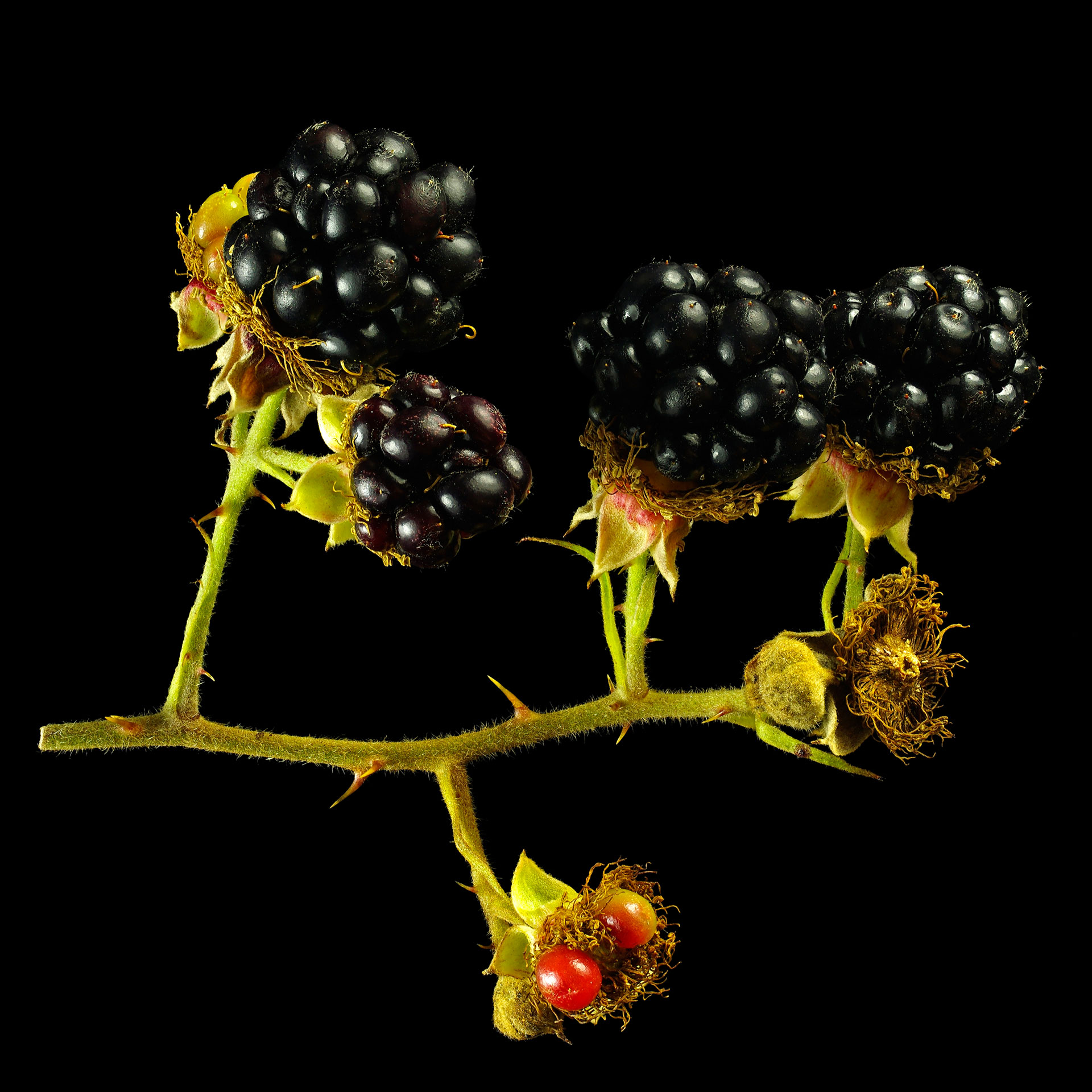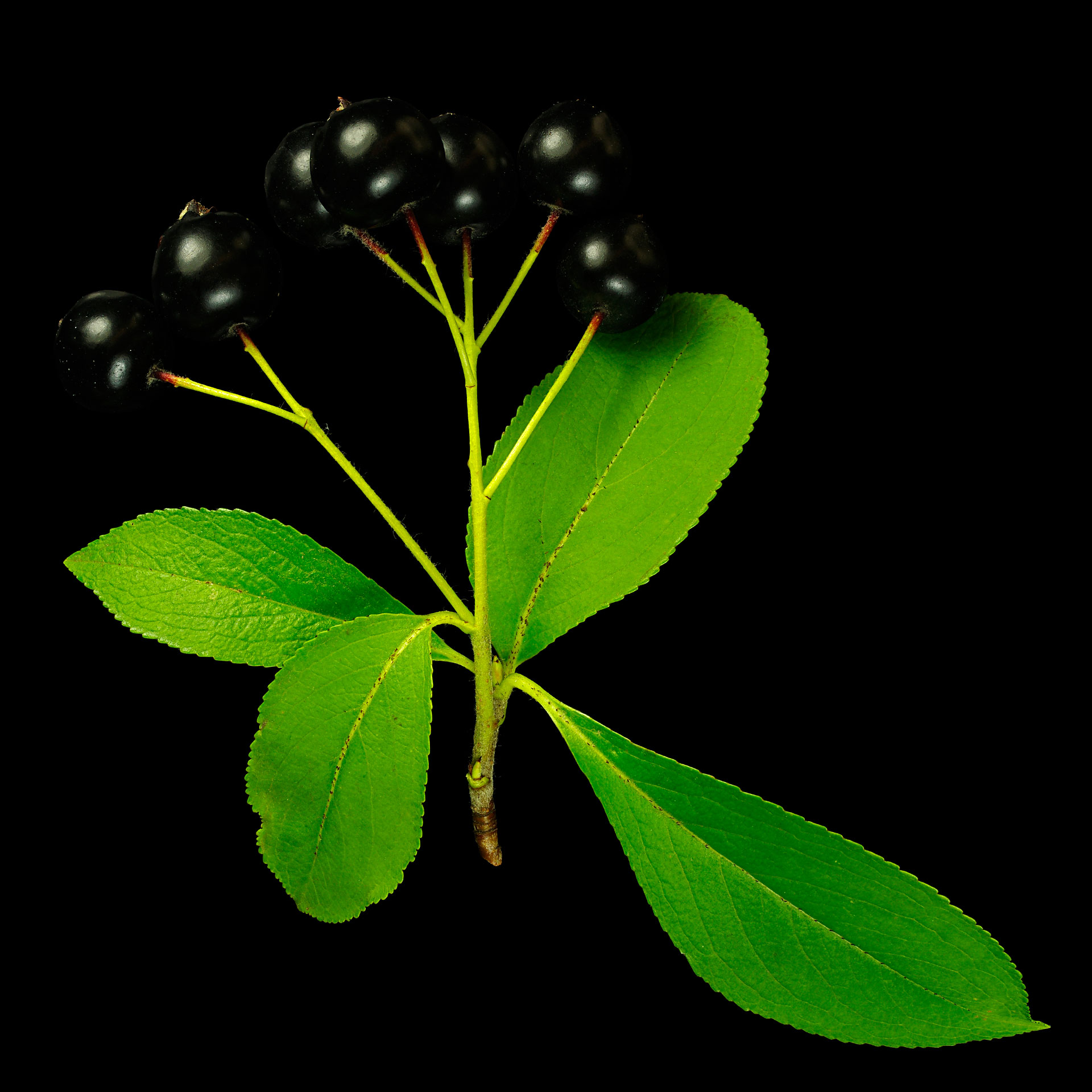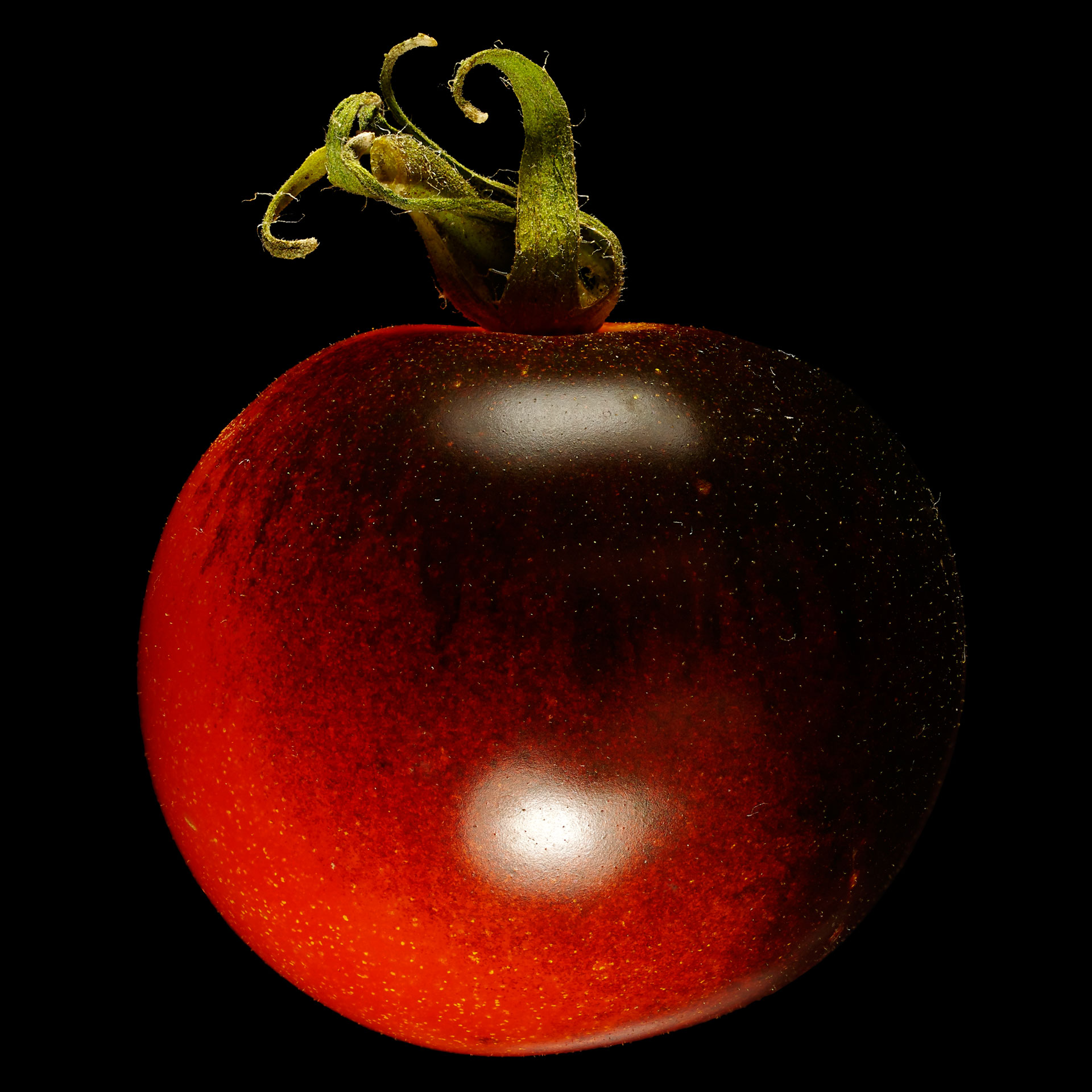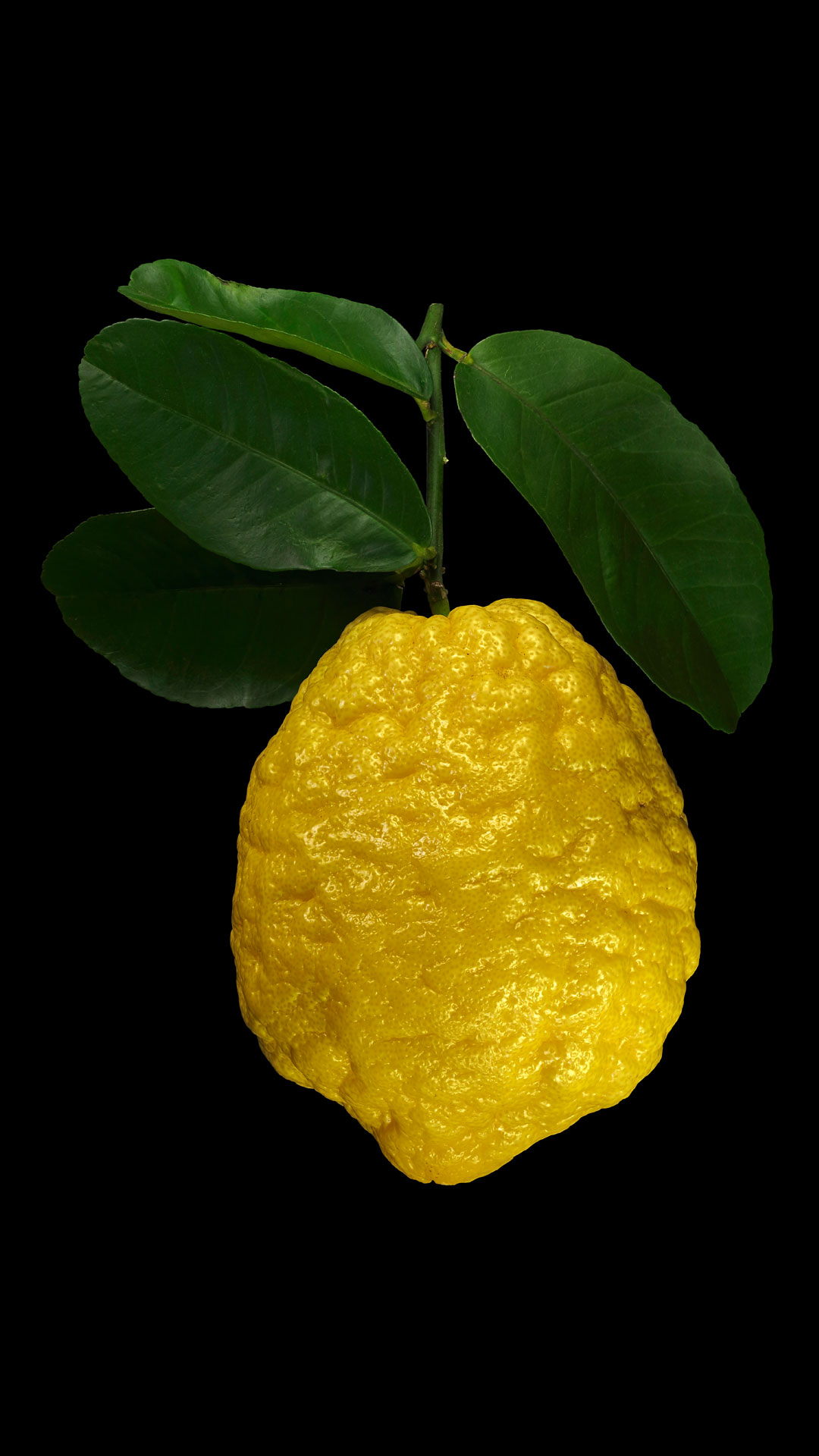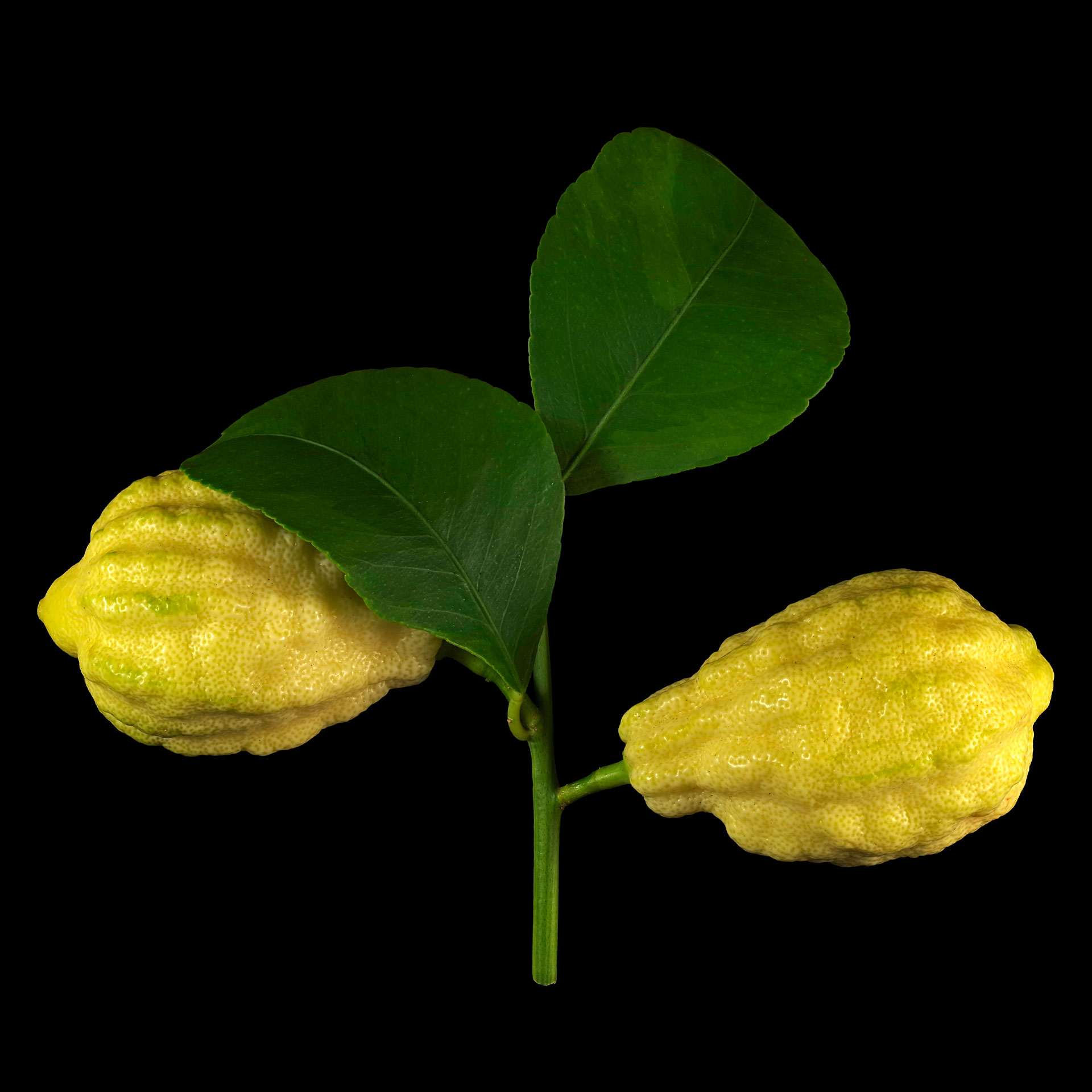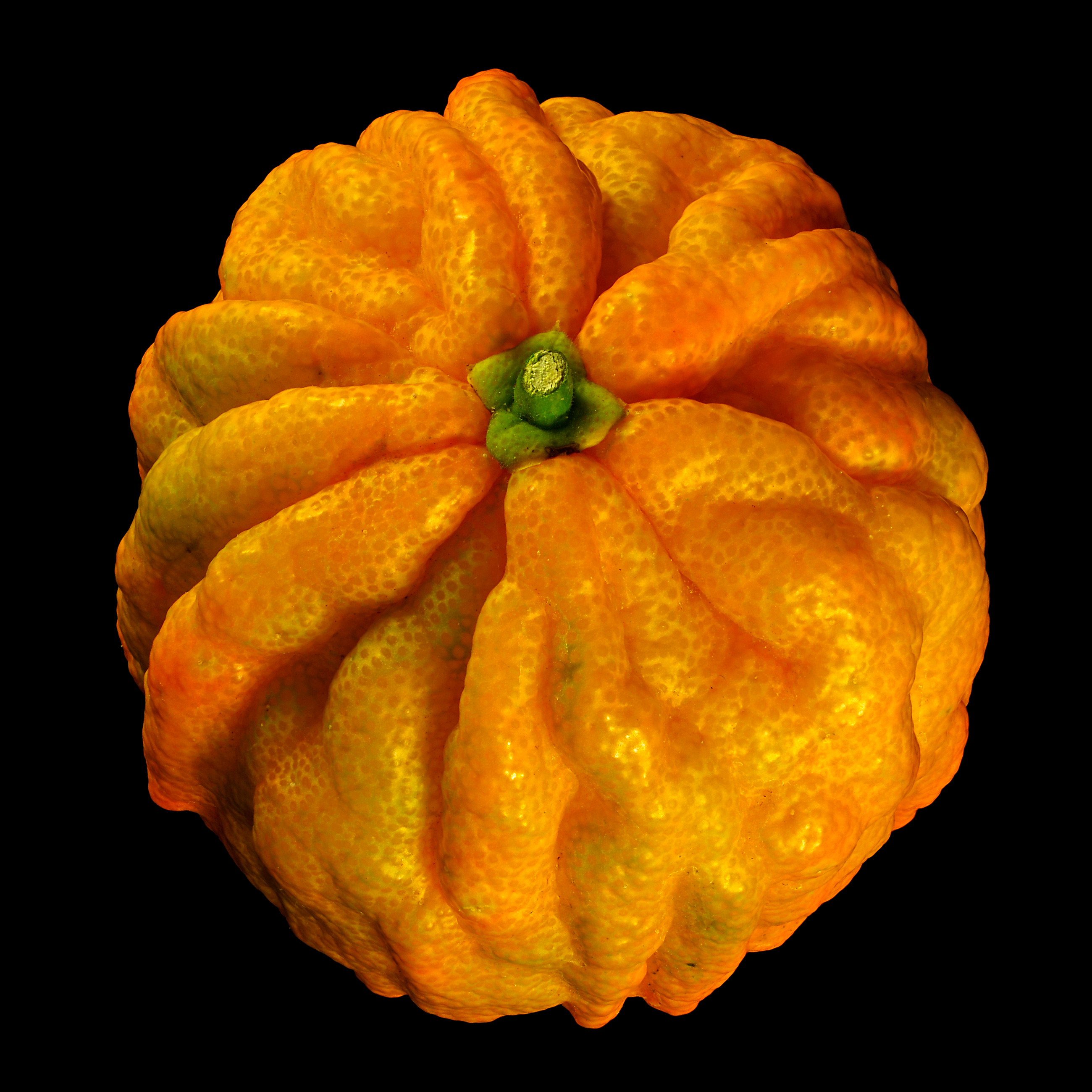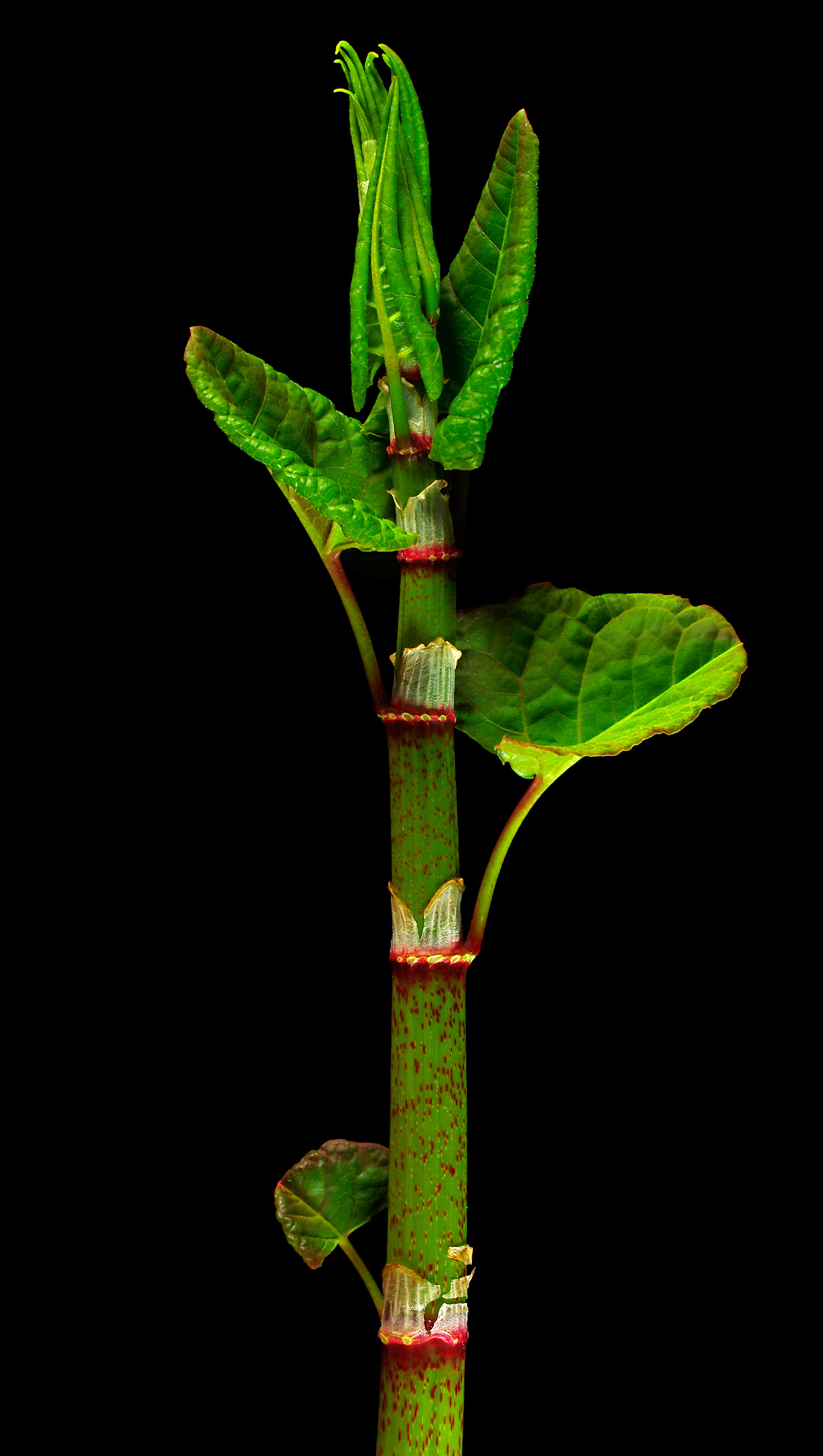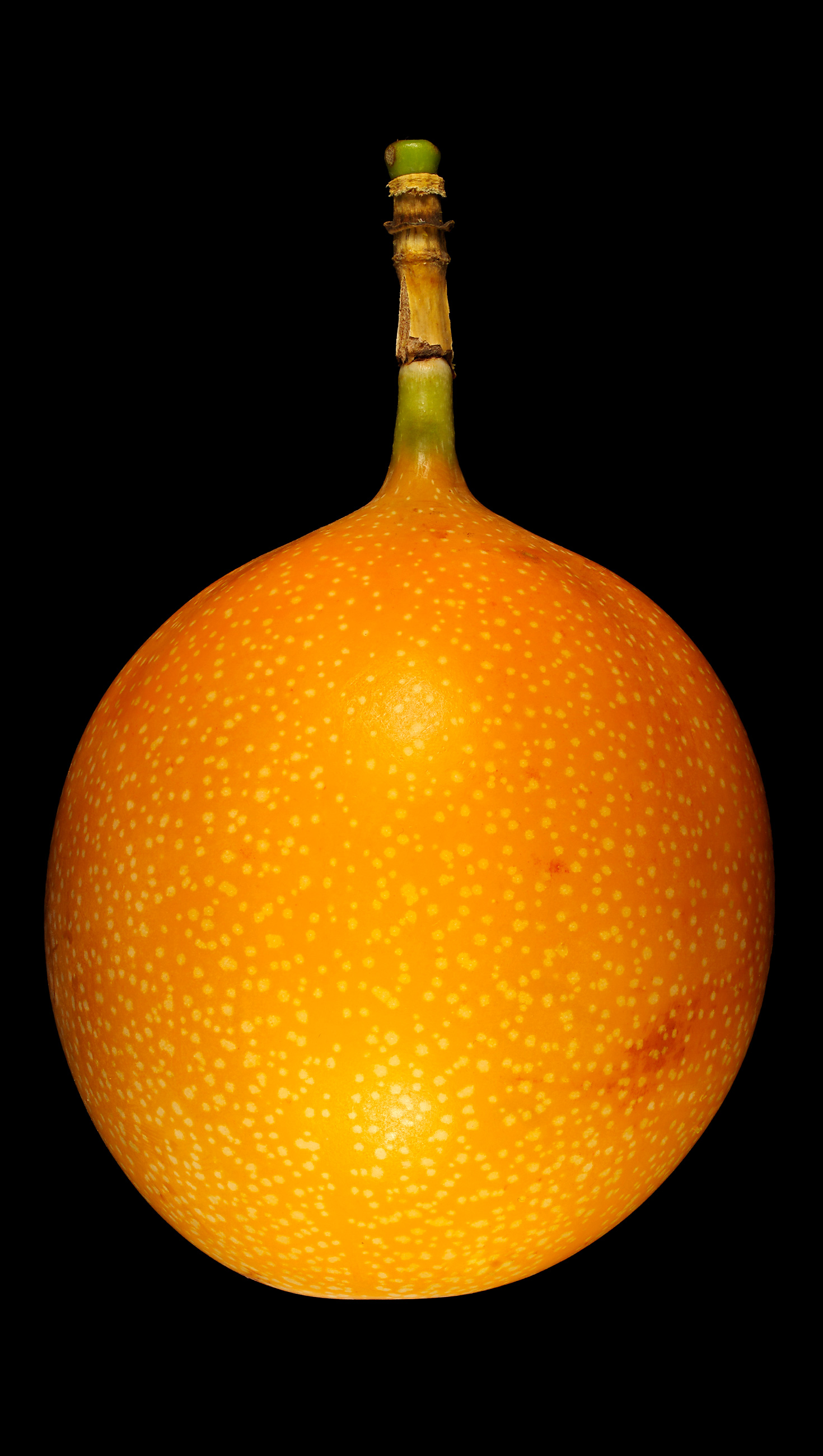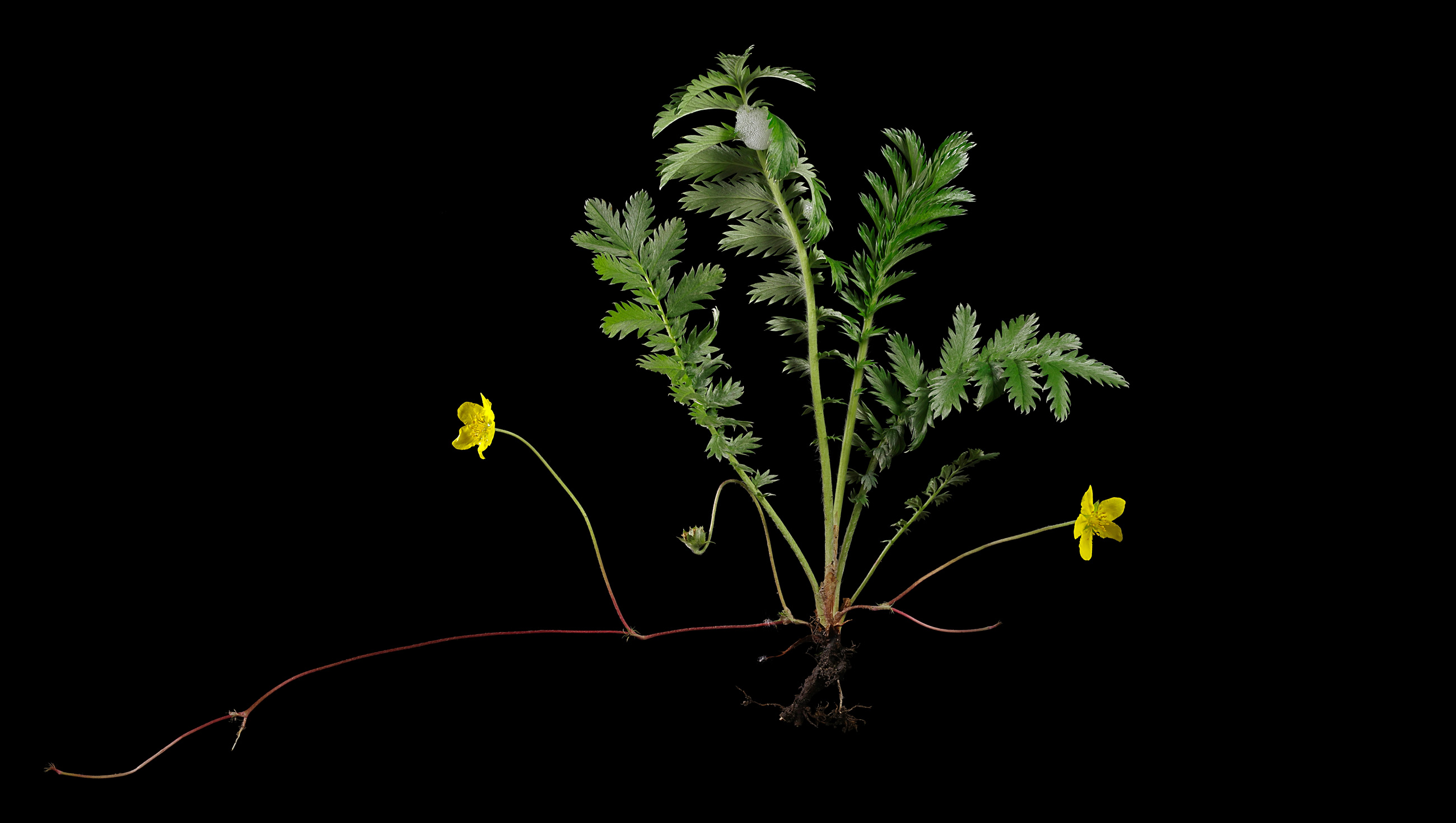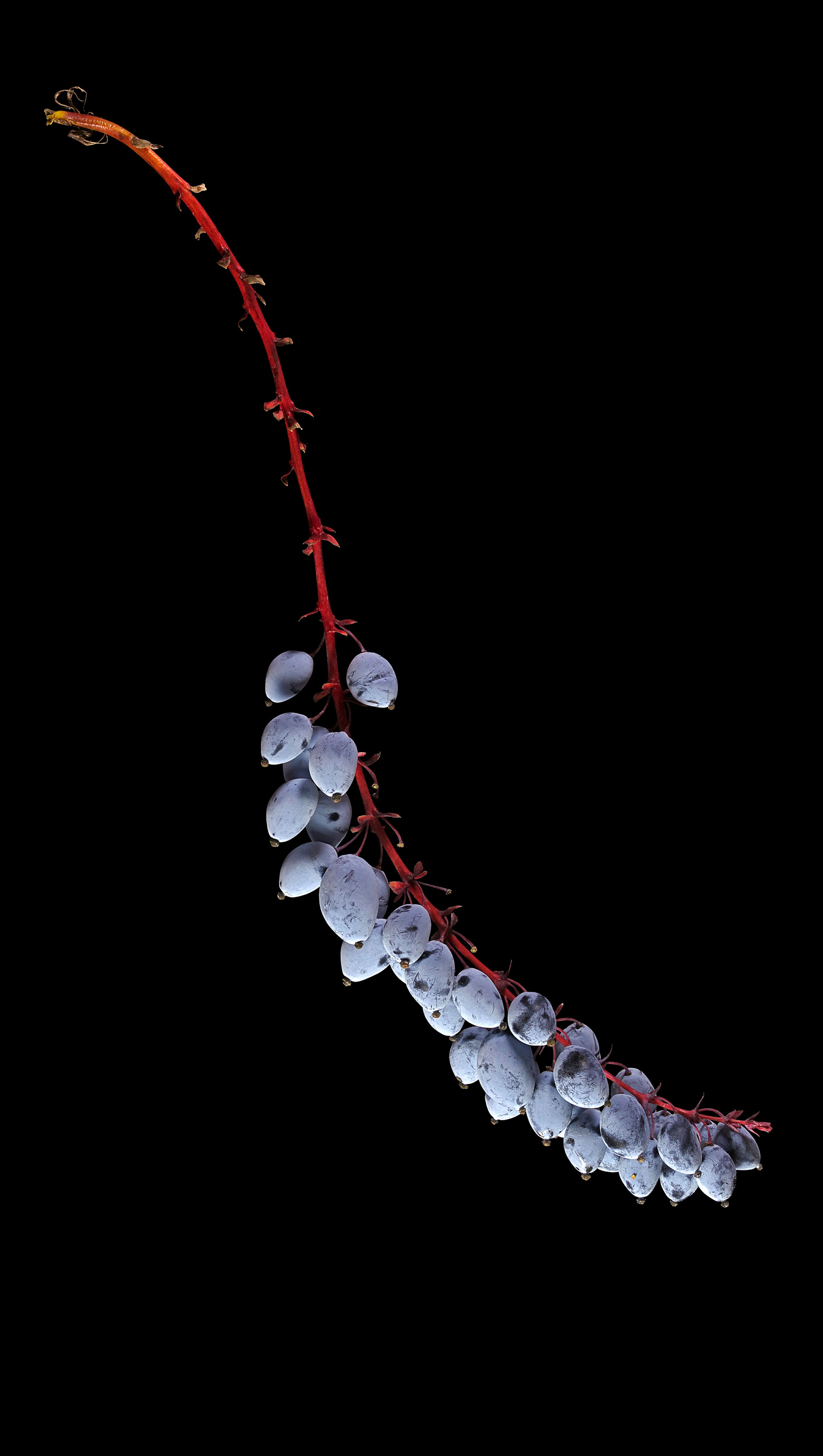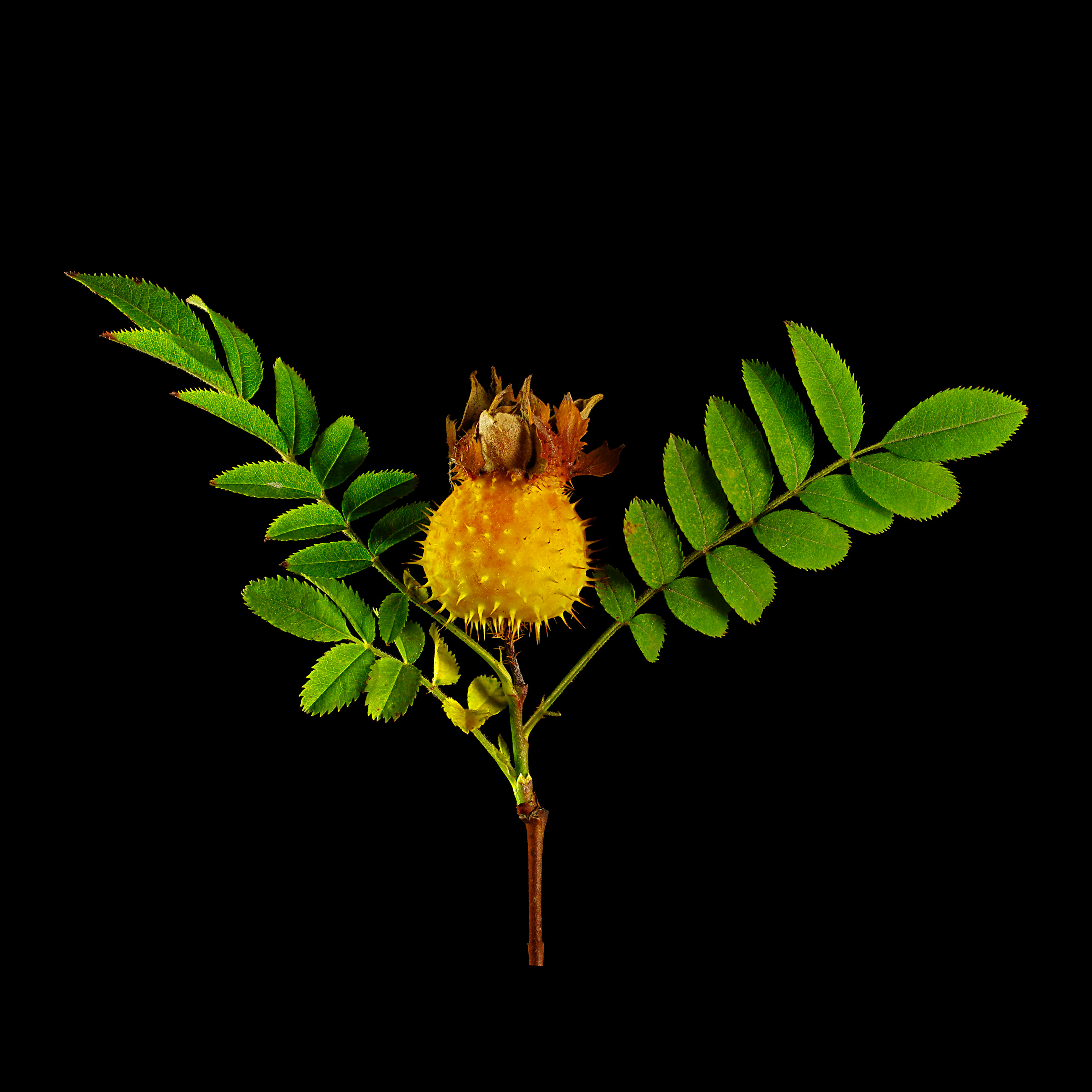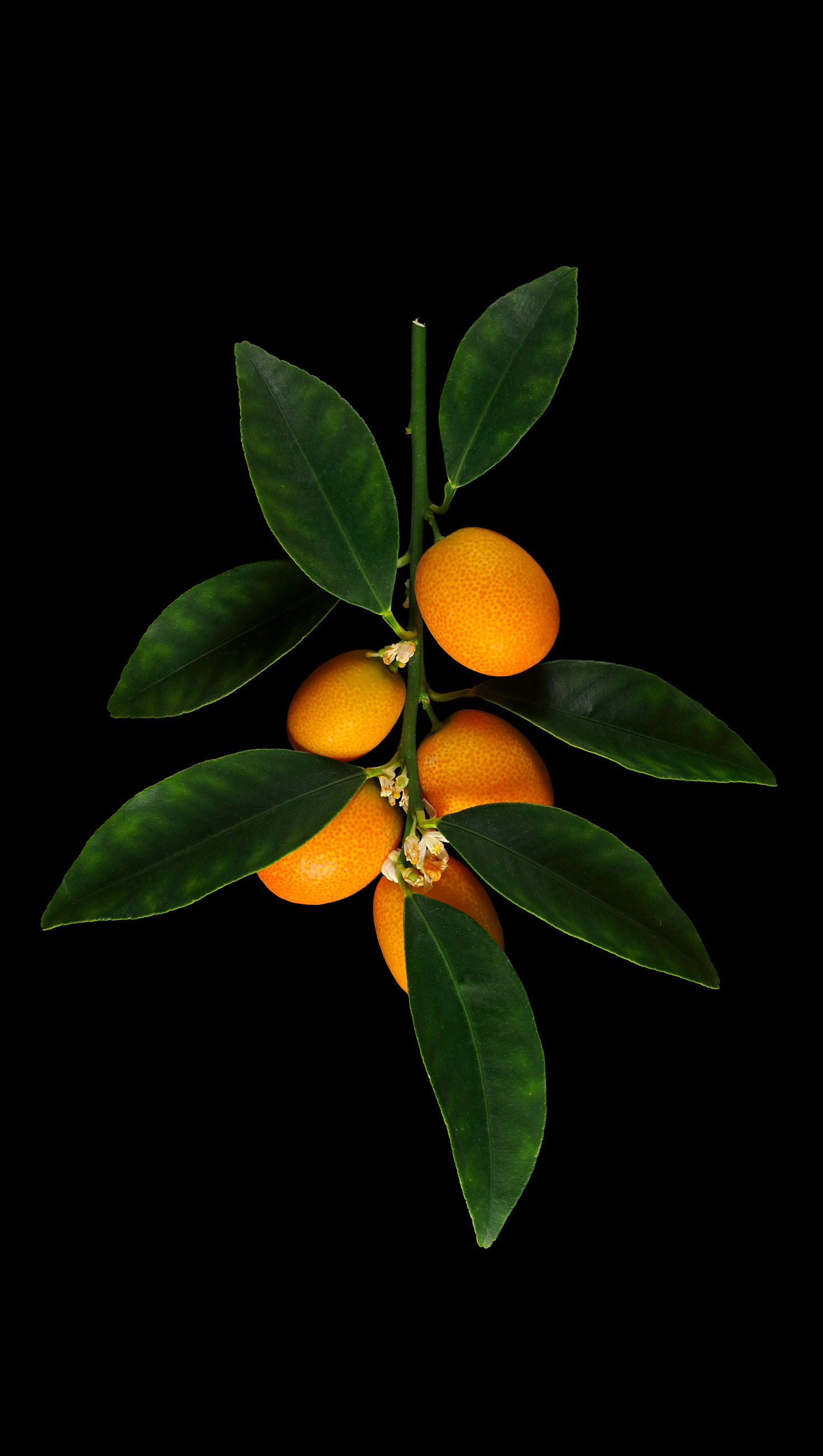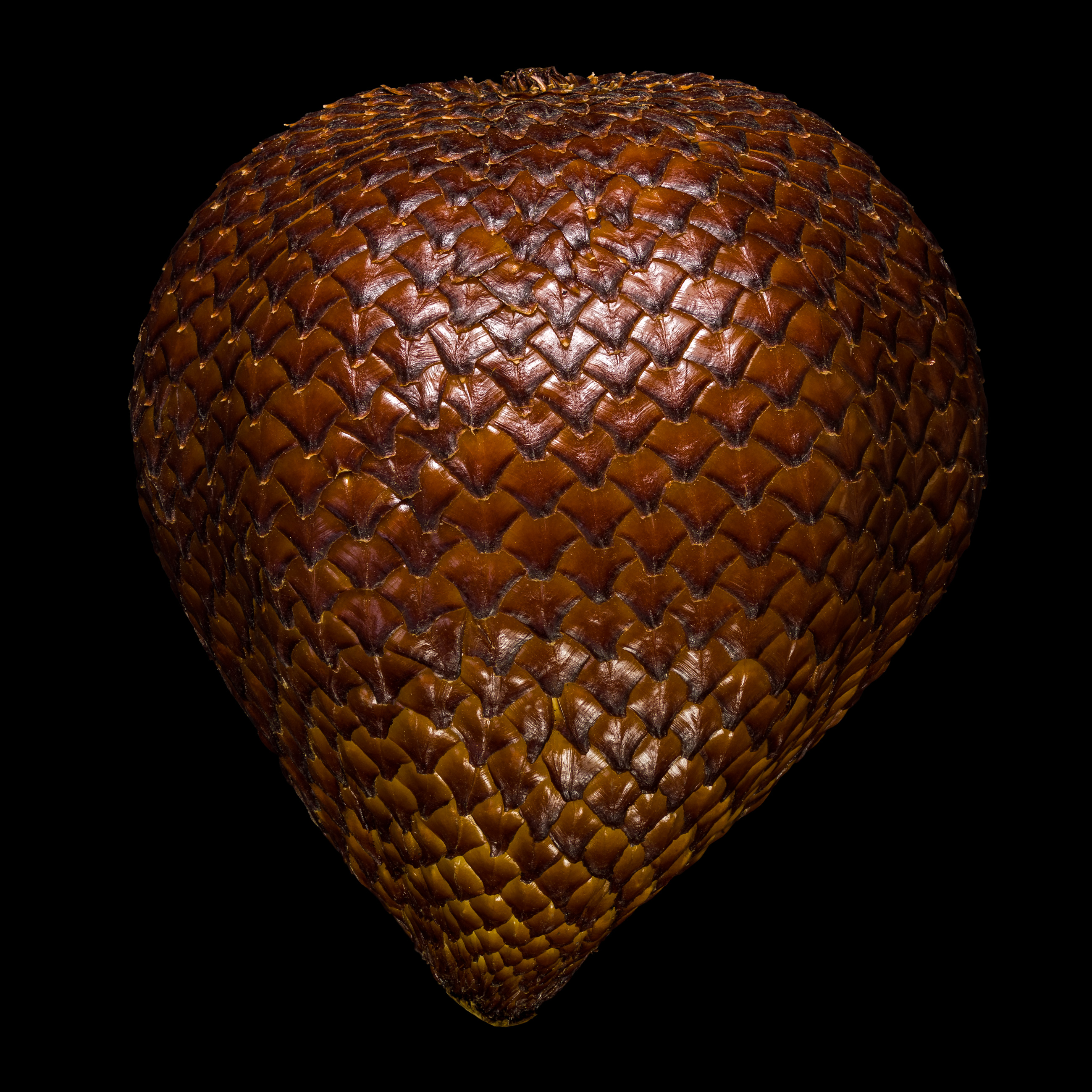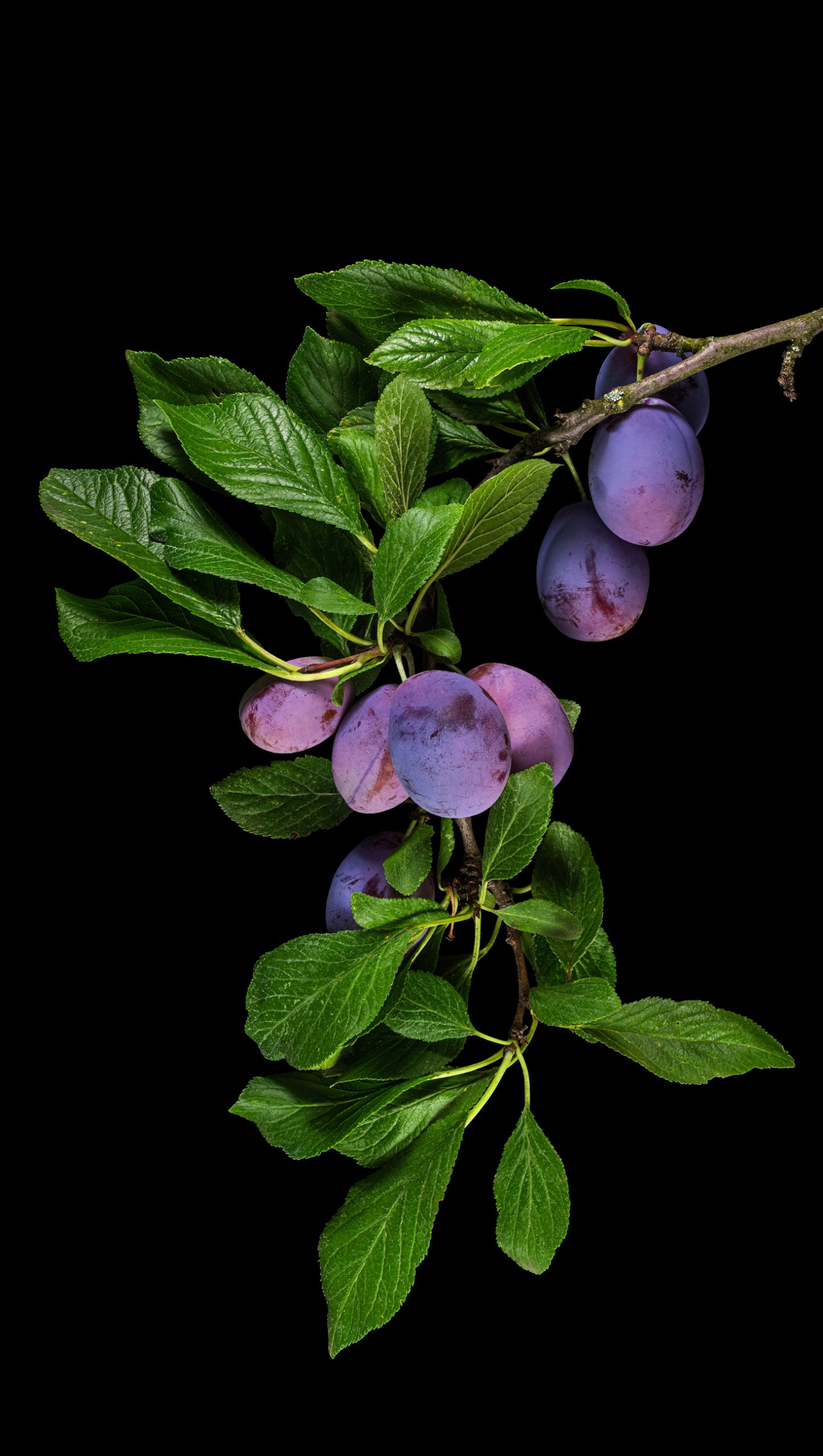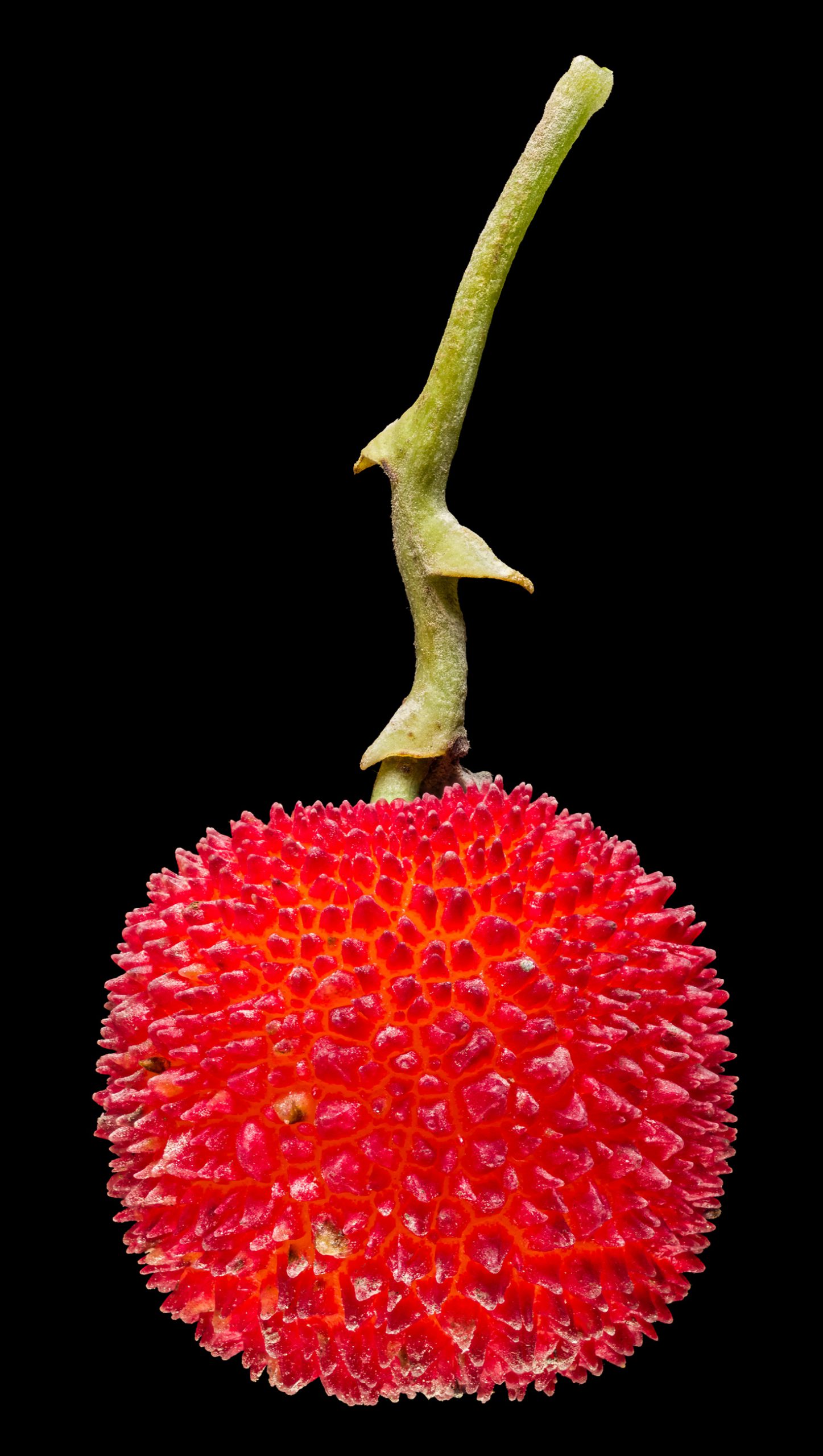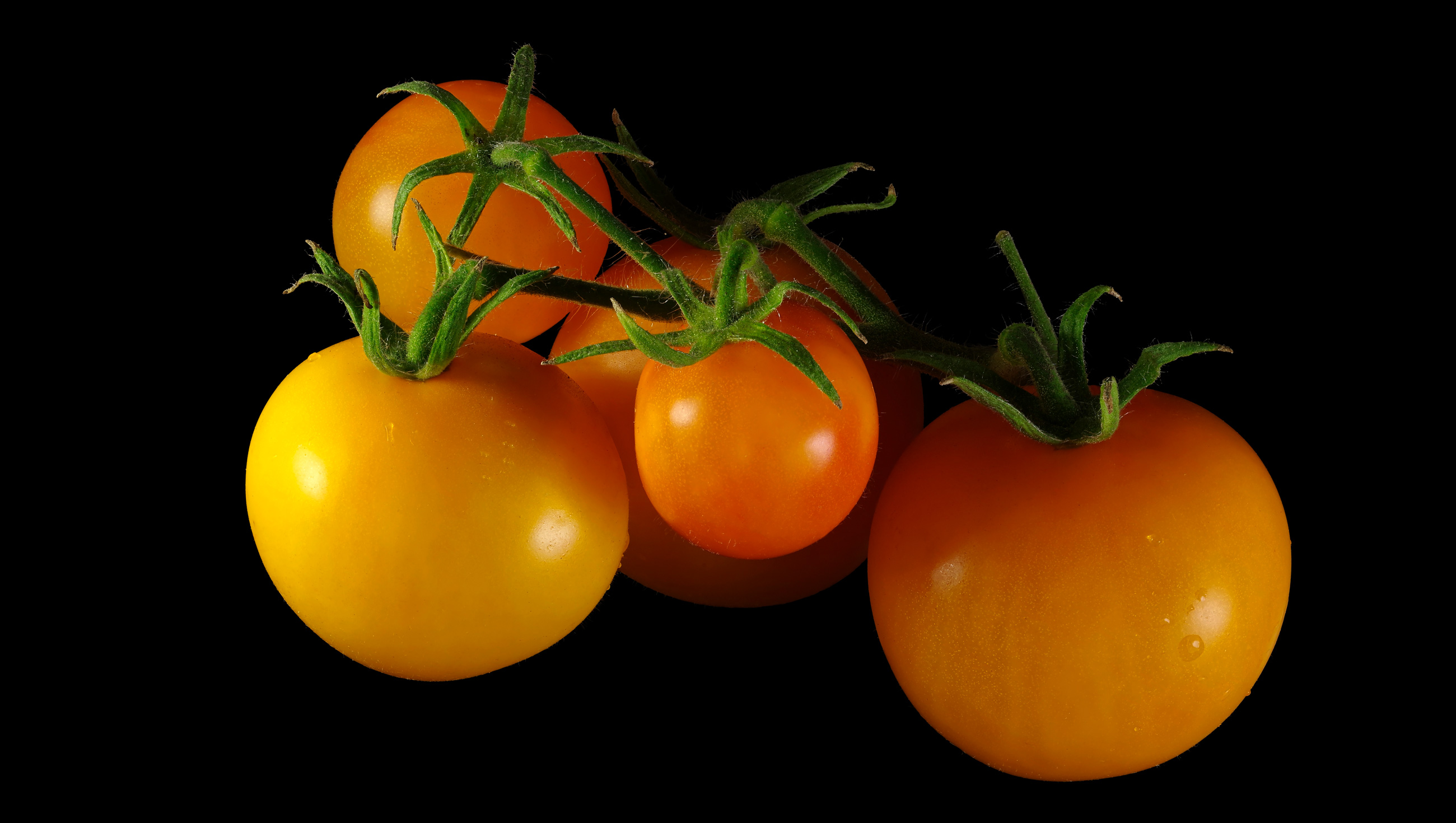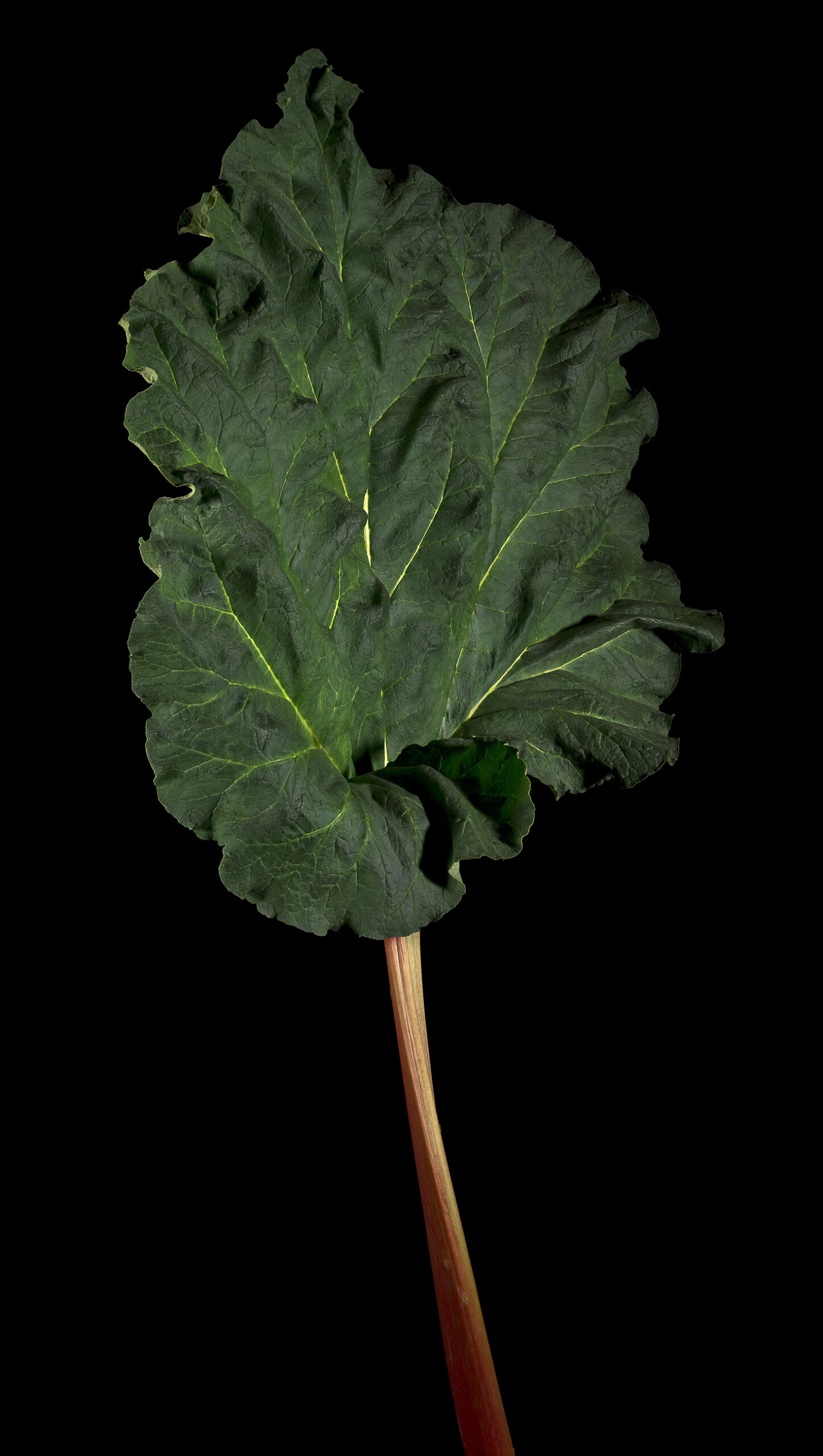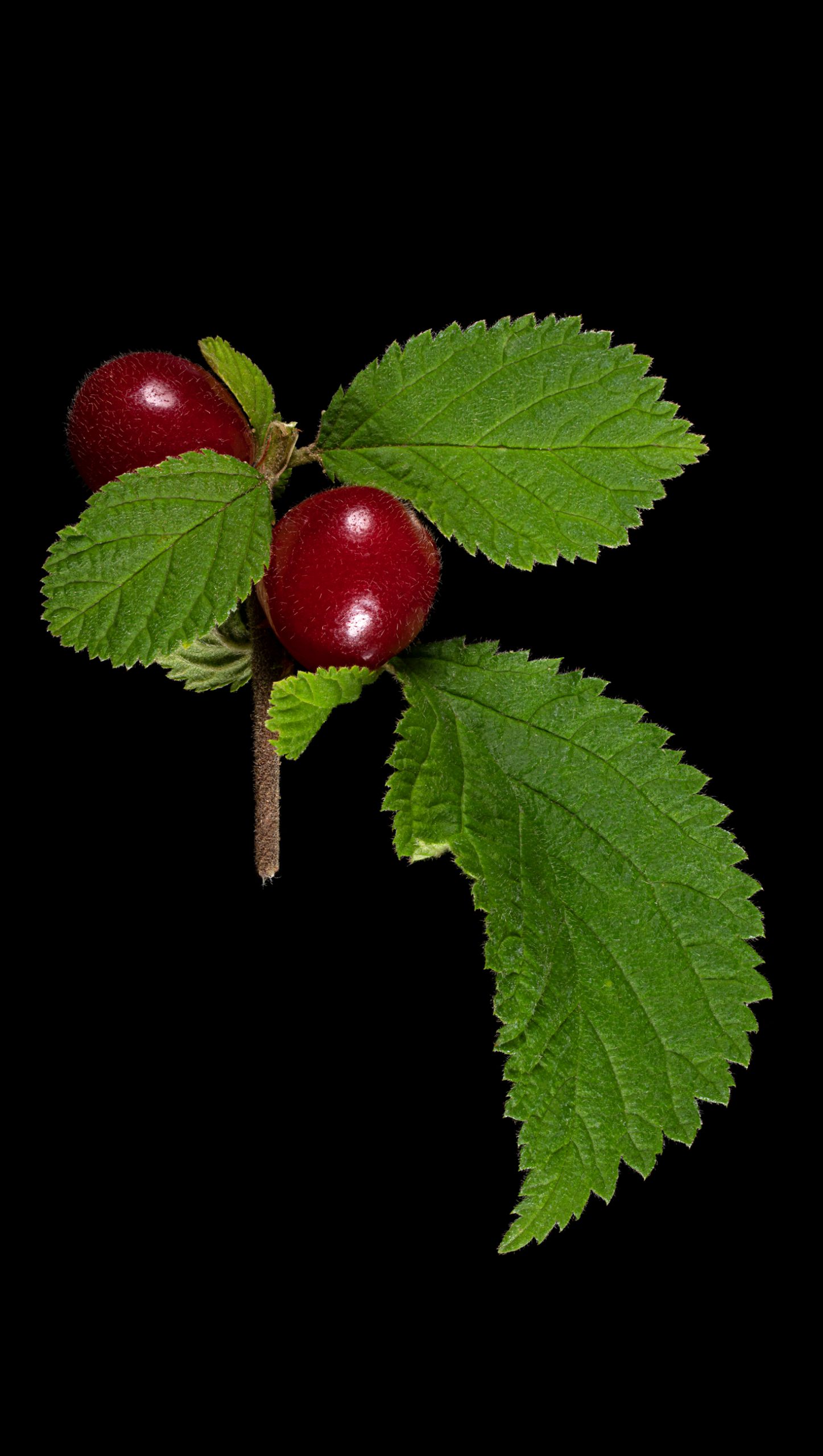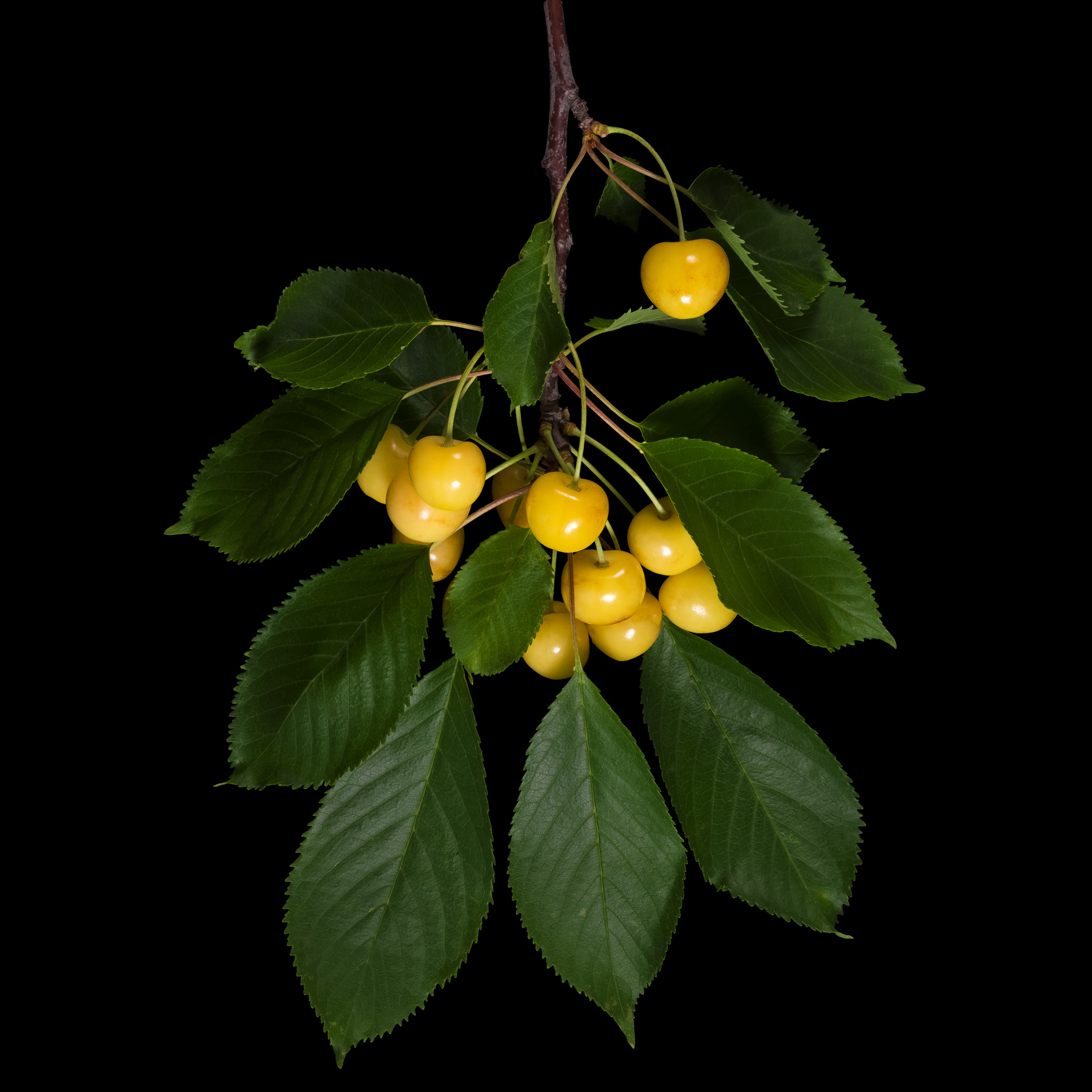Search Results for sour
The variety morello cherry (subsp. acida) is well-known and often traded in glass jars, as compotes and jam, and it is an essential ingredient in the Black Forest gateau.
The soursop is very similar to the cherimoya which is related to it, but it is even more sensitive to pressure and therefore rarely found on the market.
The approximately 3-4 cm long, round-oval berries of the mouse melon resemble tiny water melons with their light and dark green mesh pattern, but they taste intensive like cucumbers.
The perettone citron is certainly one of the ornamental varieties among the citrus plants, but the fruits should be candied or made into jam.
The beads refine or decorate sparkling wine, desserts, sushi or wherever a sour, fresh citrus flavour is welcome.
Miracle berry has a unique effect on our sense of taste: it superimposes taste impressions in a way that everything is perceived as being sweet.
The cultivar ‚Santa Barbara‘ is orange in colour and has a perfume-like aroma and a slightly soapy taste.
Hardy Begonia: Begonia grandis x Begonia evansiana Kitchen herb and decoration The pink flowers of Hardy Begonia are a pretty decoration in salad or - sugared- on confectionery. They have a lemony flavour. The yellow stamens of the male flower
The calamondin has a thin, sweet peel and sour pulp.
The fruits of the Florentine citron are hanging on the branches like an upside down pear.
The approximately 1 cm small fruits of the Hong Kong kumquat are the smallest citrus fruits in the world. In principle, they are edible, but they have little to offer because there is almost no flesh.
The name „Amanatsu“ means „Sweet Summer“. The sun-yellow fruit is about the size of an orange. In Japan iIt is eaten fresh or processed into jam, juice, ice cream, liqueur and wine.
The Pear lemon is a Lumia cultivar and therefore a hybrid of Pomelo, Lemon and Citron.
The fruits will probably only turn beautiful red when exposed to sufficient cold, otherwise they can remain yellow and look like ordinary lemons.
The smaller, thin-peeled fruits of Meyer lemon taste very intense and are not as sour as many other varieties. At the same time, they are very juicy.
Despite its higher juice content, Chinese citron can be used in the kitchen like other varieties of citron, such as succade or jam.
The fruits of the horned bitter orange bear one or more conspicuous bulges that can look like horns.
If the myrobalan plum is not eaten raw, it can be processed into compote and jam.
As with blood oranges and the red lemon, there are also red pigmented variants of mandarins and clementines.
Kaiser Alexander cucumbers at maturity have a dark brown skin with netting. At this stage, the fruit should be peeled before eating.
The carambola or star fruit is often used for decoration at buffets or in cocktails.
The highest importance has the aromatic oil, of course, in the perfume production, but also tea (Earl Gray and Lady Gray), confectionery and Lokum are flavored with bergamot oil.
The multiform Buddha’s hand is a special kind of citron.
The fruits are juicy, which suggests a use for lemonade, marmelade and jelly.
Kumquats are eaten as a whole. They are sweet and tangy and very aromatic.
Specially from the immature fruit (as well from the leaves) of the bitter orange the aromatic oil „Petitgrain“ is won.
The gooseberry grows in many gardens and can be picked fresh from the bush or eaten as light green jelly or compote.
For lemonade, jam, sorbet, in dressings and as a spicy, souring ingredient in spicy as sweet dishes.
The abundant juice of unripe fruit is used for the production of lemonades or fruit juices.
Juice and fruit pulp can savoured fresh or processed to jelly and lemonade, if the bitterness is not unpleasant.
Peel and juice can be used like lemon, the firm flesh resembles the grapefruit, but somewhat more acid.
The Magenta Lilly Pilly is usually eaten raw, but can also be processed to a jam
The intense pink color of this fruit, especially of the fruit flesh, is a challenge for the eye and for the camera sensor.
In its consistency and fat content, the safou can best be compared to the avocado, but there is a lemon or lime-like aroma with a fine acidity.
The fruit is very thick-skinned and also resembles the size of a citron.
The huge citrons have little fruit pulp and a thick peel (the white albedo), which is usually candied and added to bakery for seasoning.
They taste is almost the same as blackberries, but a bit more sour than these. The fruits can be picked straight from the shrub, or can be processed to jam and dewberry liqueurs.
The fruits of the childing orange are “pregnant” with another fruit: in the interior grows a smaller fruit, along with a peel.
Winter’s Blackberry: Rubus winteri Not a winter crop Winter's blackberry, often called "winter blackberry", probably has nothing to do with the cold season. The "i" at the end of a botanical name usually refers to a surname and I suspect
The black chokeberry contains many vitamins and other important substances in such large quantities that it has also medical significance.
Indigo rose tomato belongs to the rather small-fruited varieties and can be eaten directly from the shrub.
This huge citrons have little pulp and a thick peel (the white albedo), which is usually candied and added as “succade” to pastry.
The value of the furrowed lemon does not lie in their yield, they are more regarded as ornamental fruits. Nevertheless, this variety is edible like common lemons: as lemonade, jam and much more.
This strange bitter orange variety stands out for its furrowed skin, but is consumable like most other bitter orange varieties.
As long as they are very tender and have barely broke through the soil, the shoots can be prepared as bleached vegetables such as asparagus. Aboveground shoots can be eaten like rhubarb as long as they are not too woody.
Unlike the grey-violet, roundish passion fruit (P. edulis f. edulis), this fruit of sweet granadilla is rarely used for the production of juices, but mainly as freshly eaten dessert fruit.
In Tibet, the roots are supposed to be eaten comparatively frequently as a nourishing root vegetable. They can be processed fresh or dried for later use. The leaves can be chopped (because they are very fibrous) and added as wild herbs in salads or steamed in oil.
Ripe fruits of Beale’s barberry are edible raw or cooked and a jam can be prepared. Dried berries give muesli a fruity note.
From rose hips a fruit tea can be prepared as well as jam („hagebuttenmark, buttenmost“) . Dried and ground, they even can be used as a flour substitute and can be mixed with flour.
Kumquats are eaten as a whole. They are sweet and tangy and very aromatic.
The paper-thin skin hides a very firm, crunchy, yellowish-white flesh, which tastes very good when ripe and has an aroma reminiscent of mango, lychee or (remotely) durian.
Zwetschgen are eaten fresh, processed into zwetschgendatschi tart, schmootsch and as dried fruits.
The berry tastes sweet, hardly sour and has no characteristic aroma.
A typical attribute of the bright golden yellow tomato variety ‚Indian Moon‘ is the fine blush of the very ripe fruits up to red „cheeks“.
The stems are hardly sweet and are therefore usually given sugar.
The hairy fruits, which grow on very short stems almost directly on the branch, are juicy and soft, slightly sweet and tart.
Of all the yellow cherry varieties, this one is probably the best known and most common throughout Germany.



